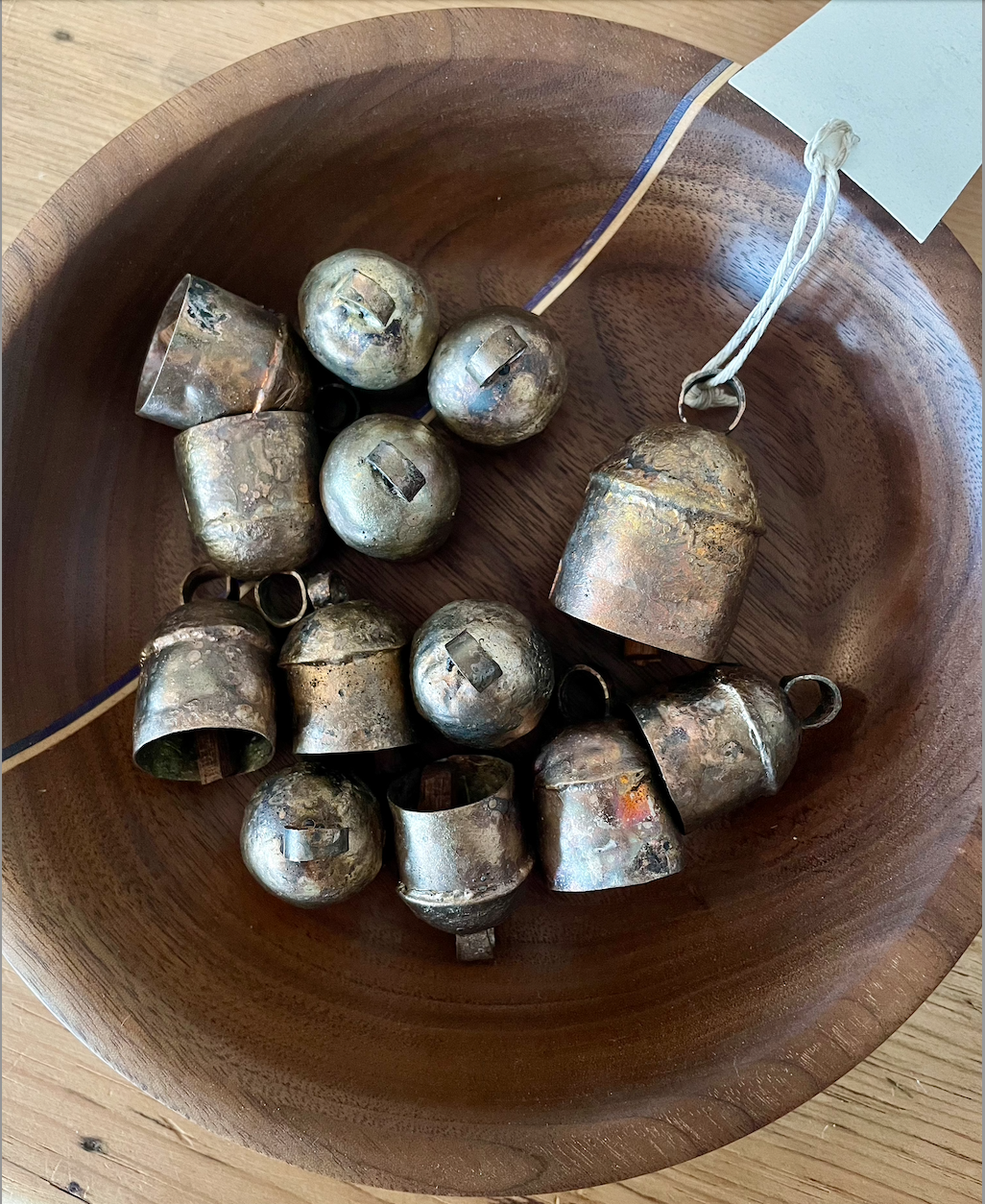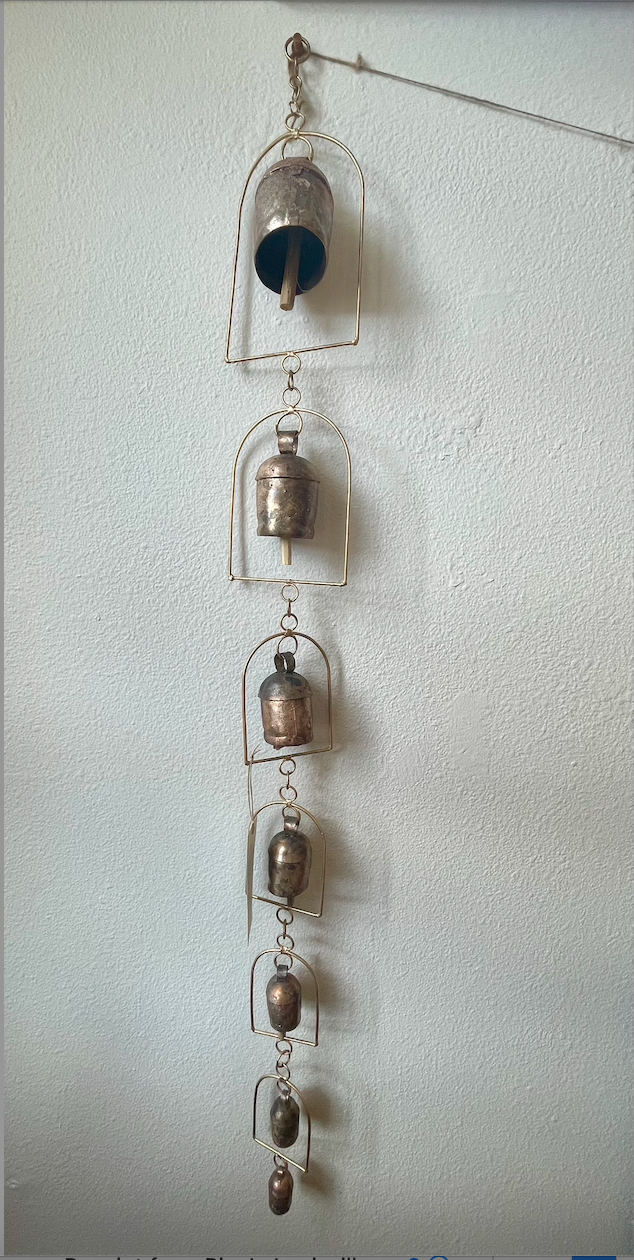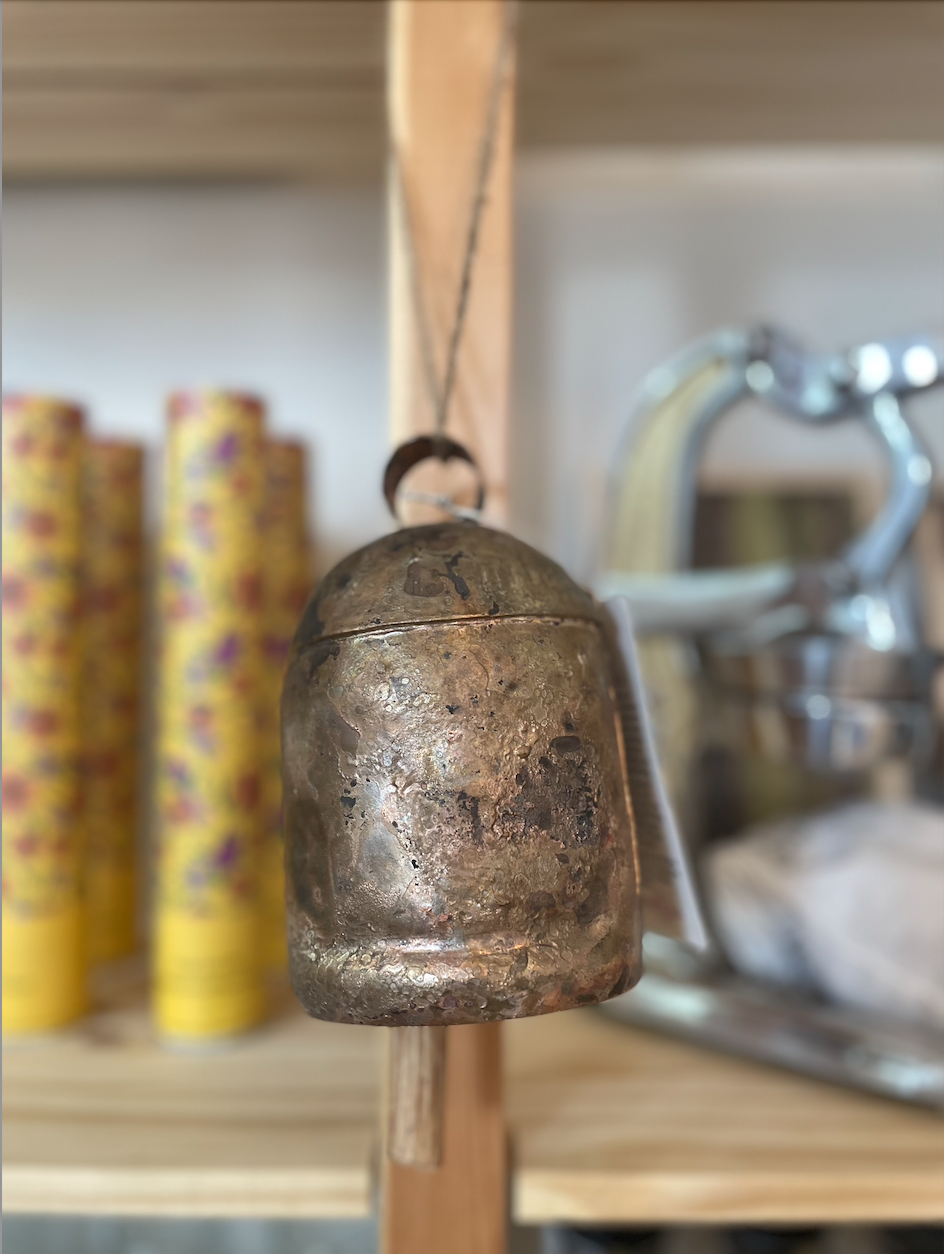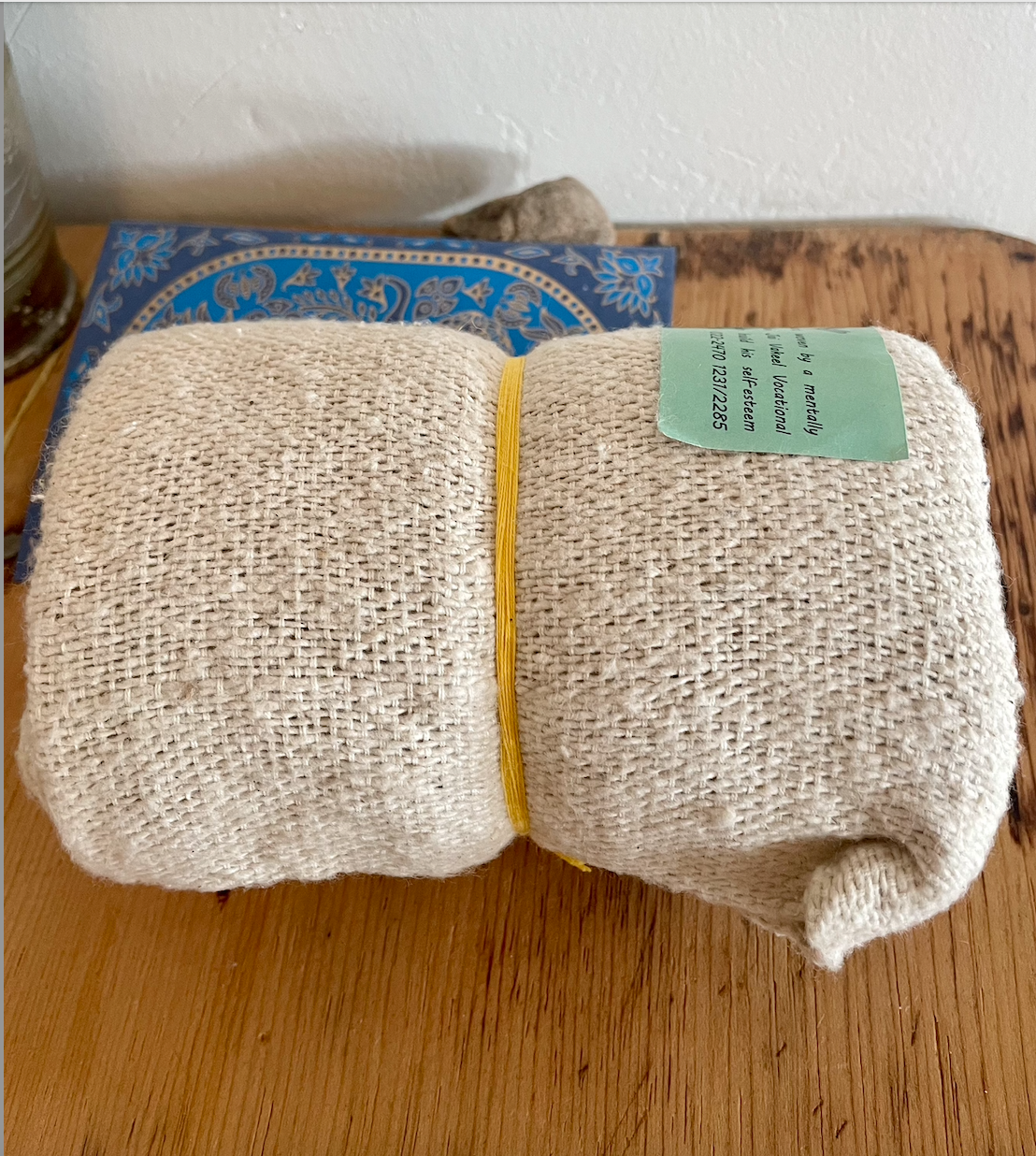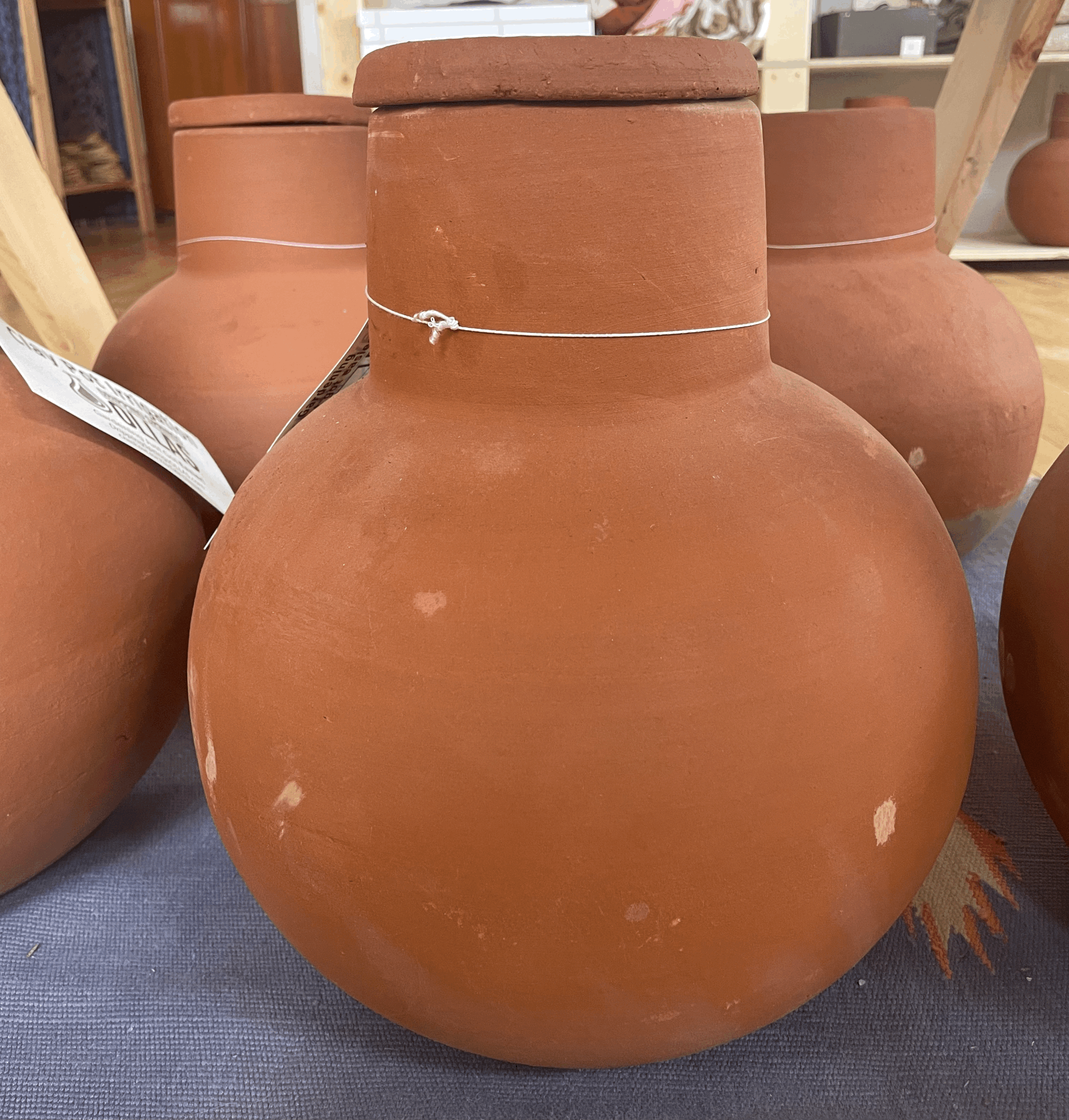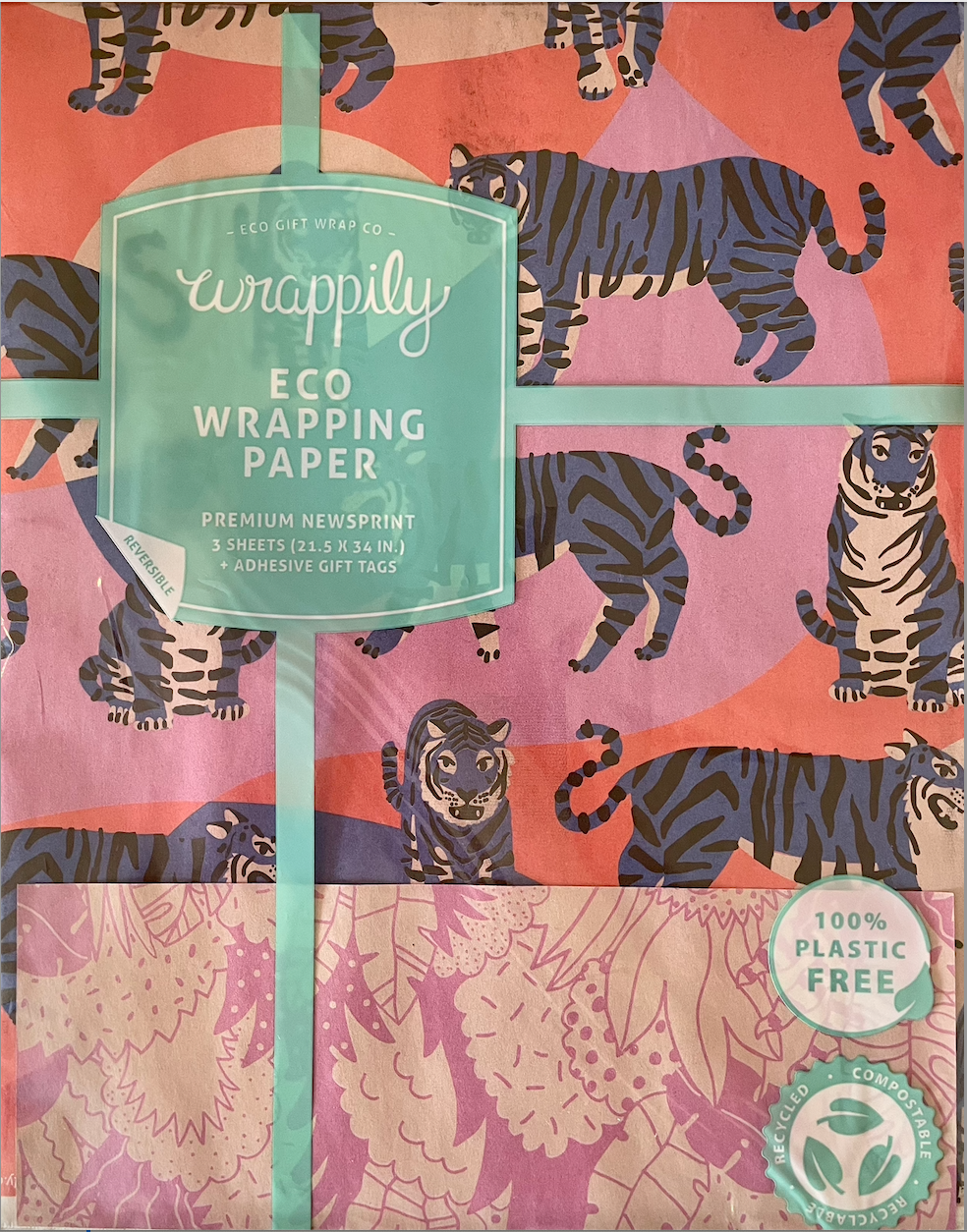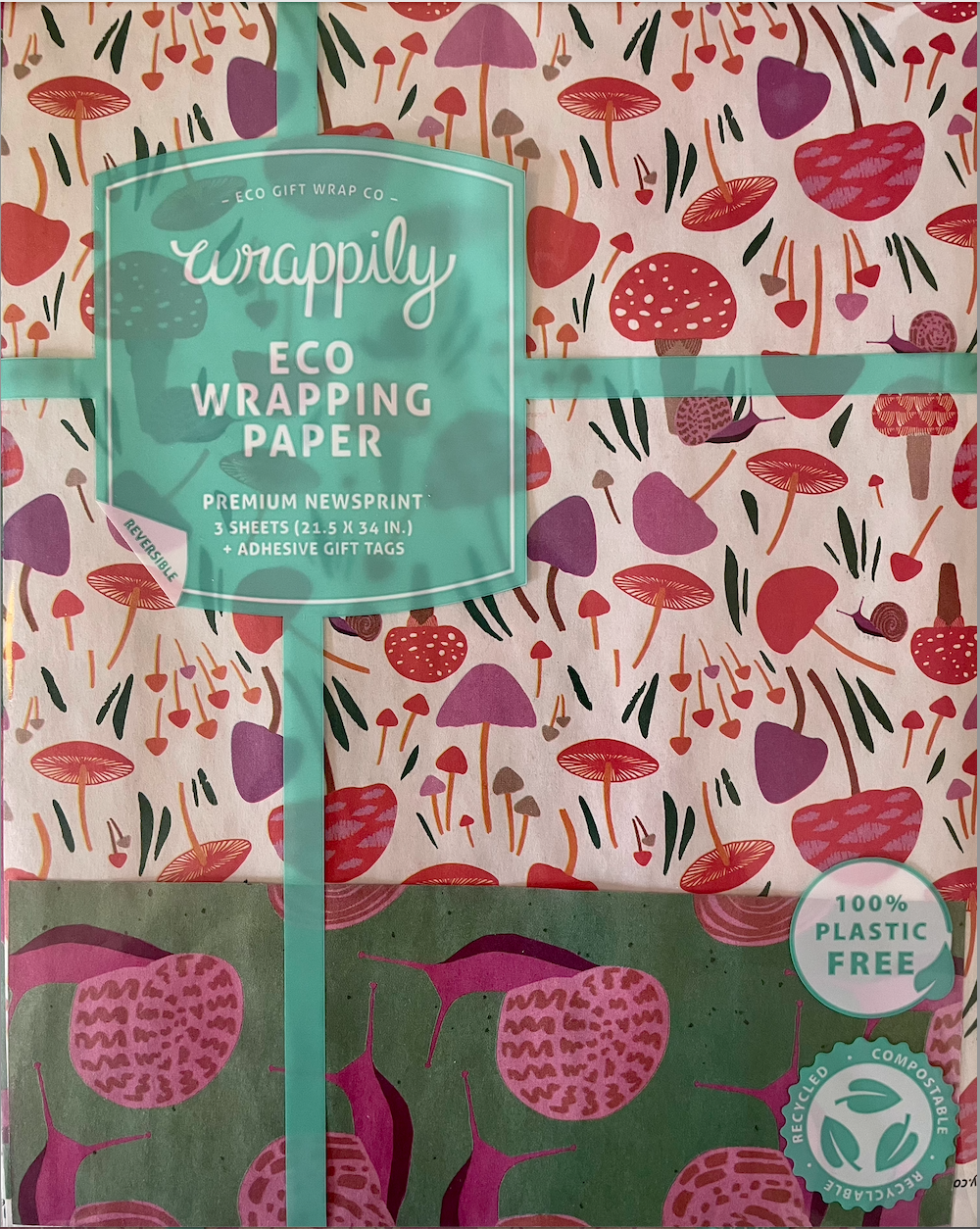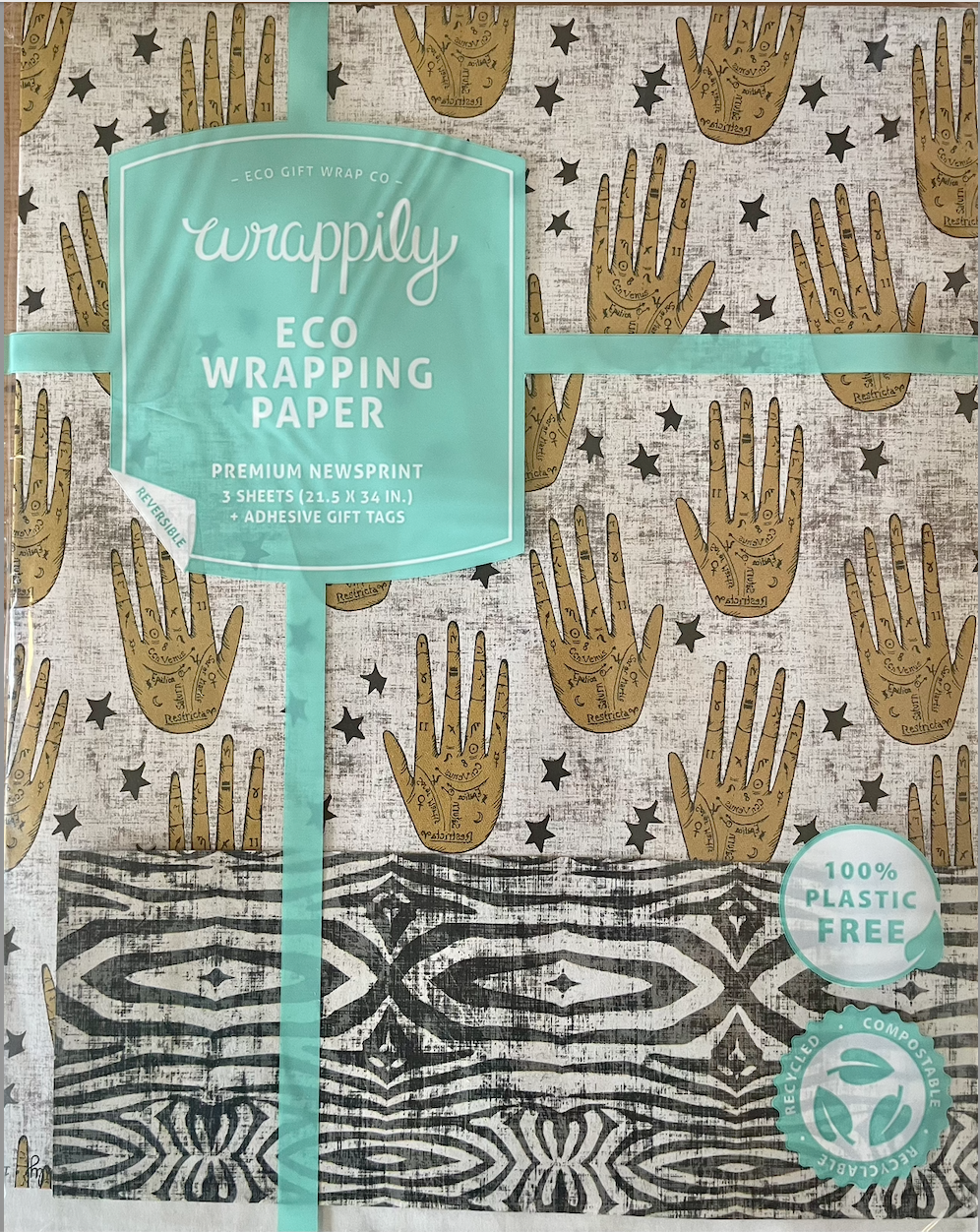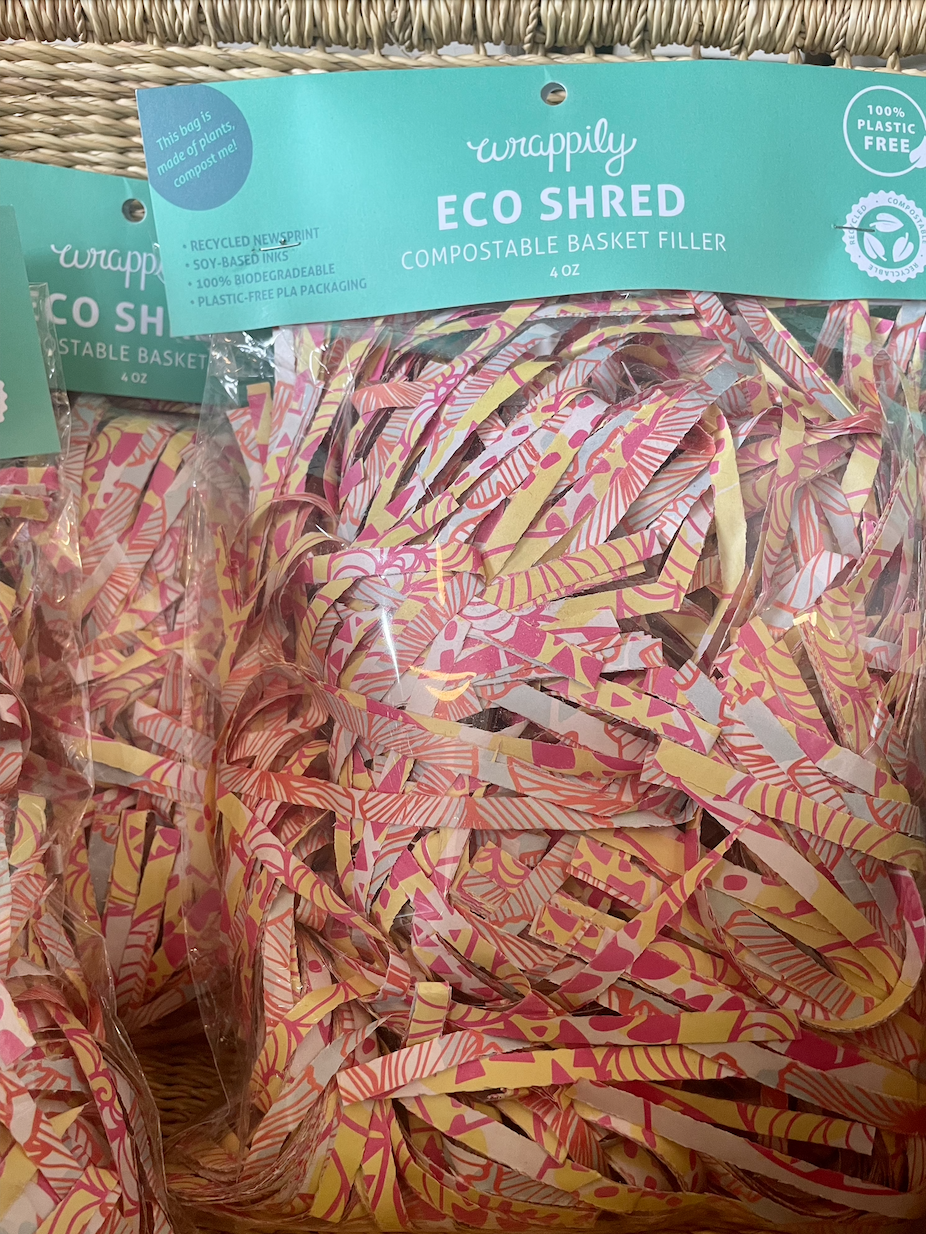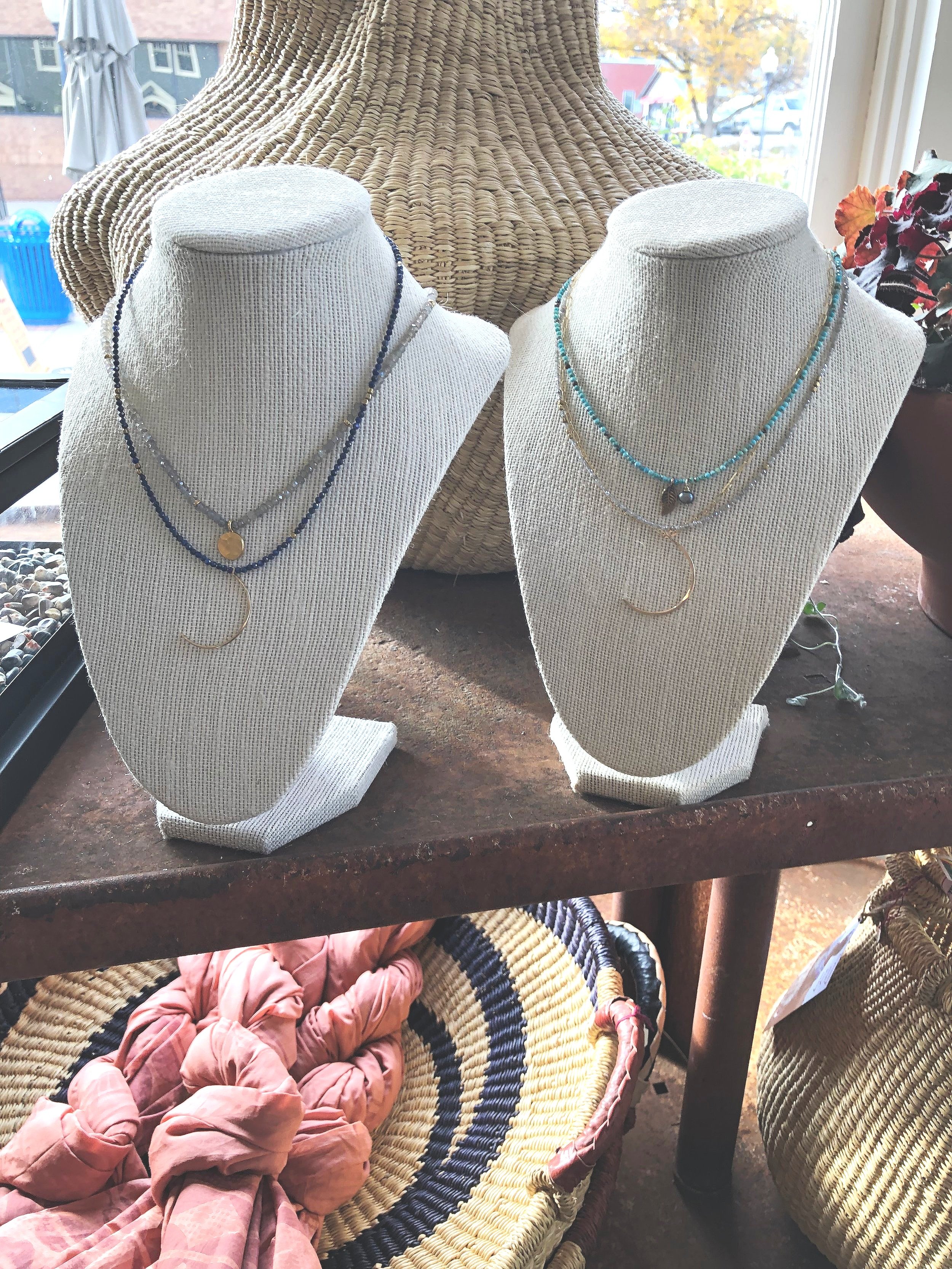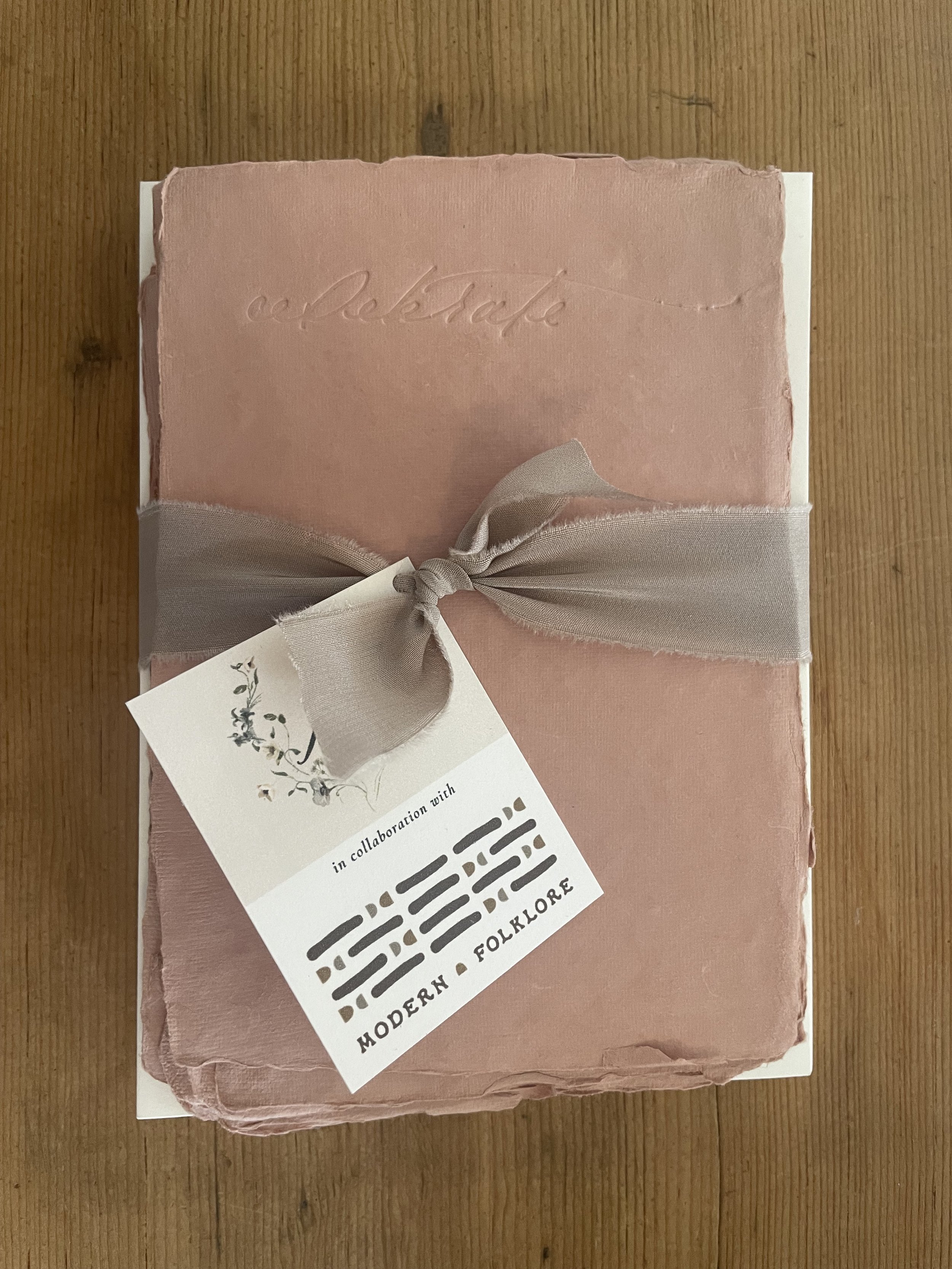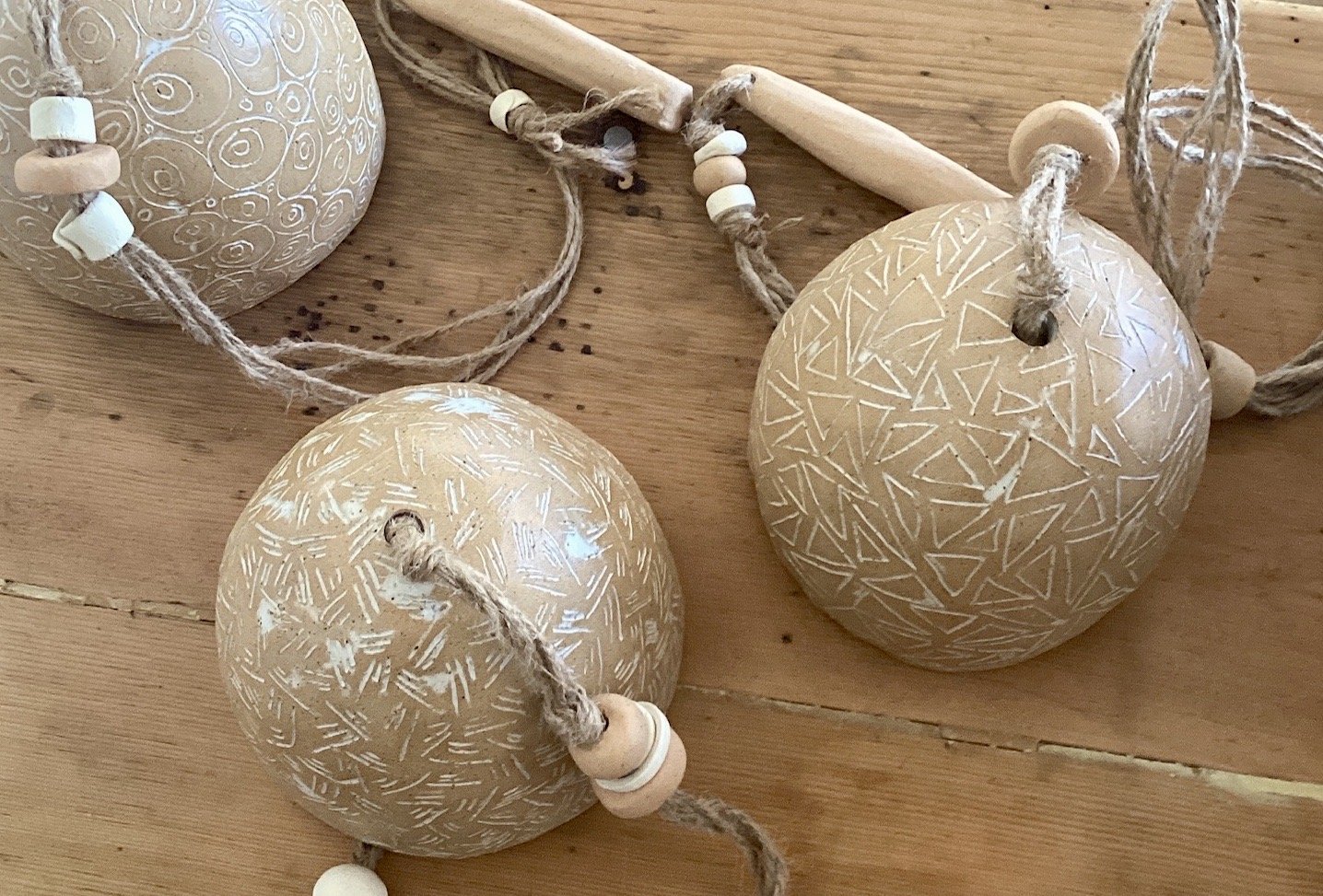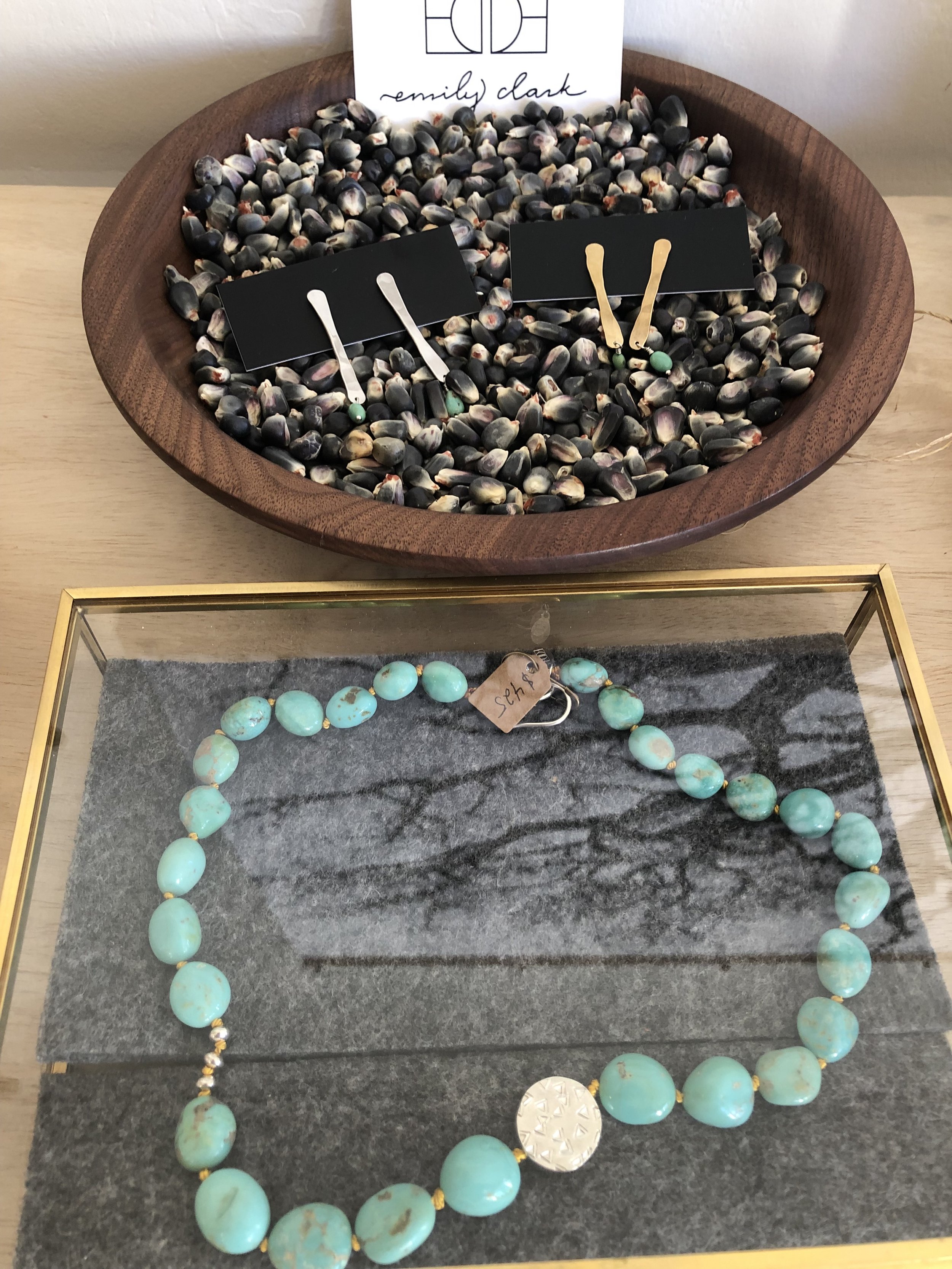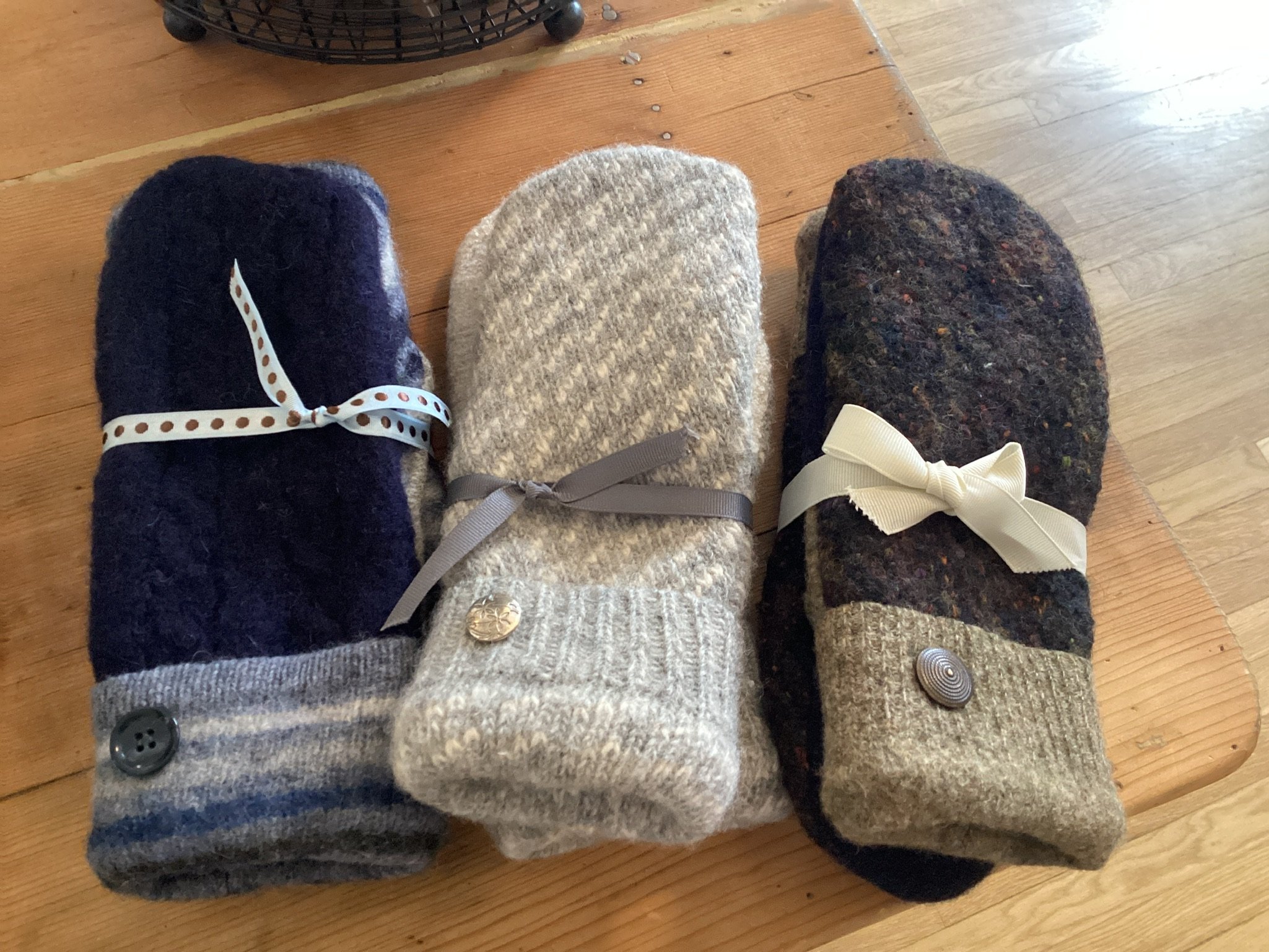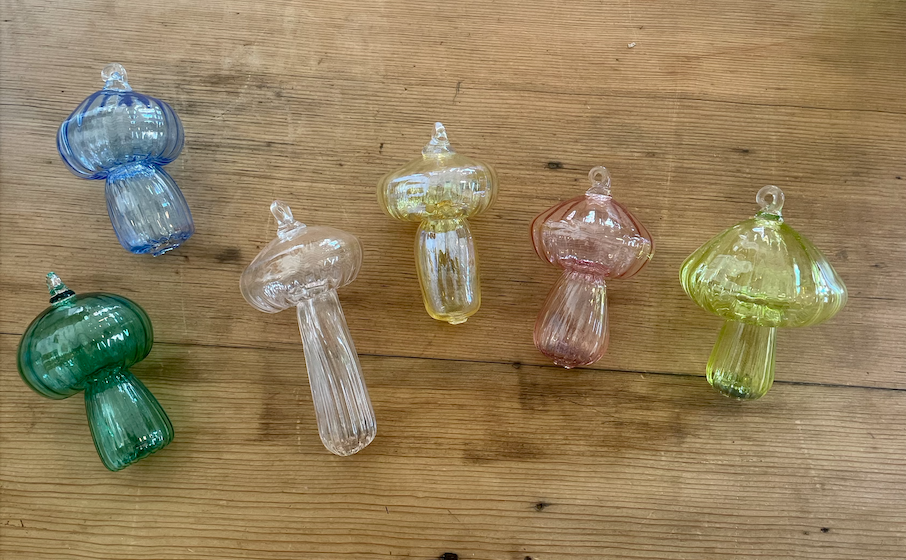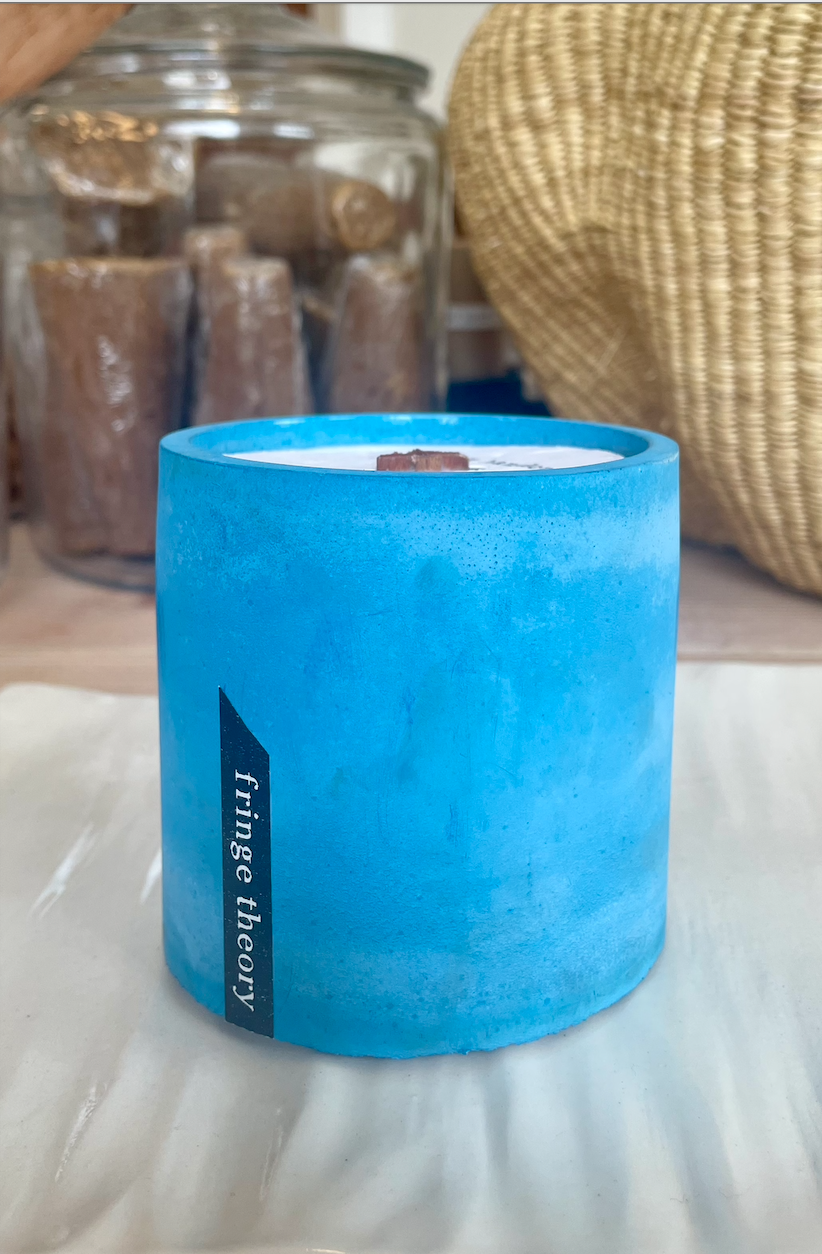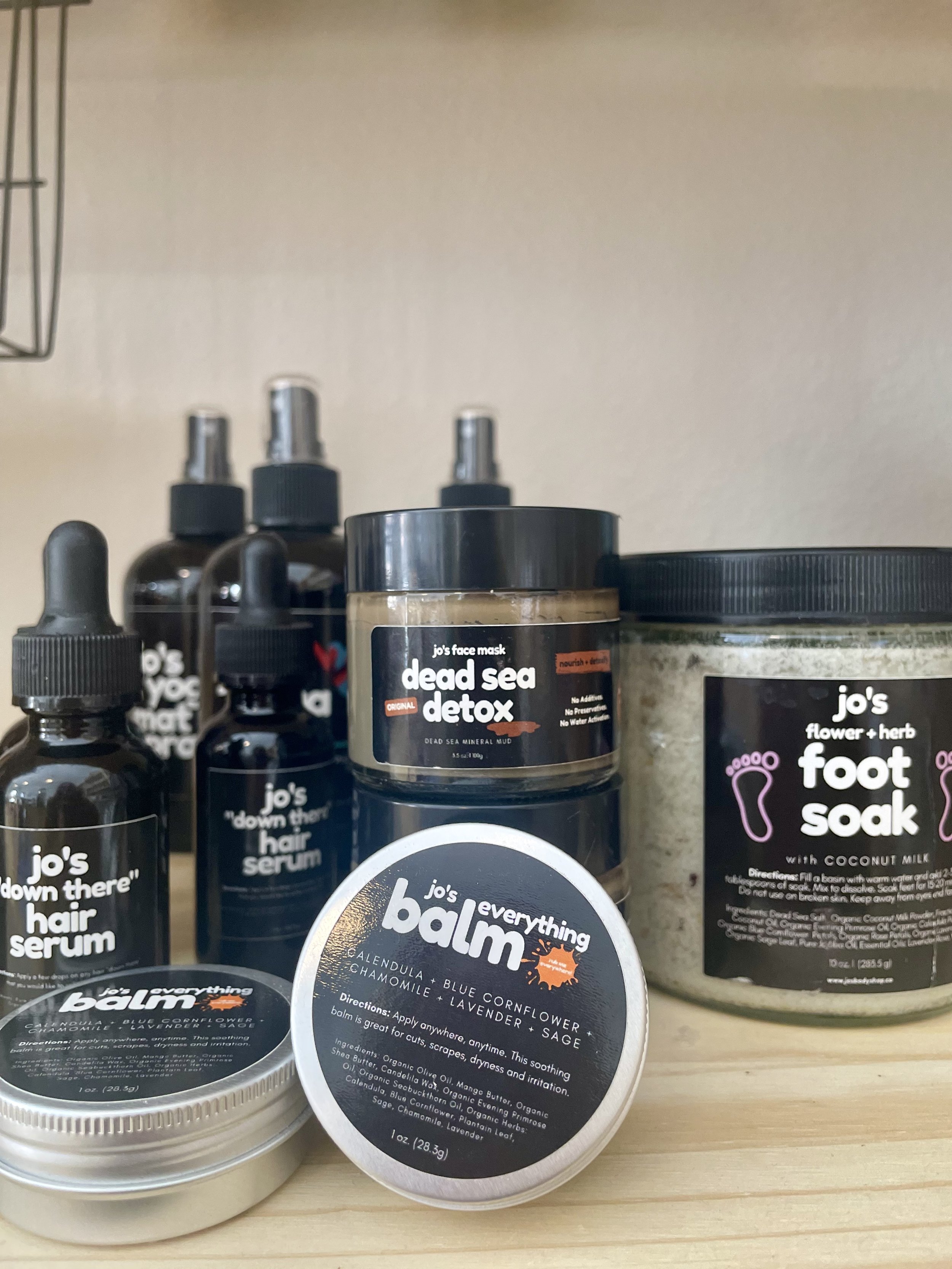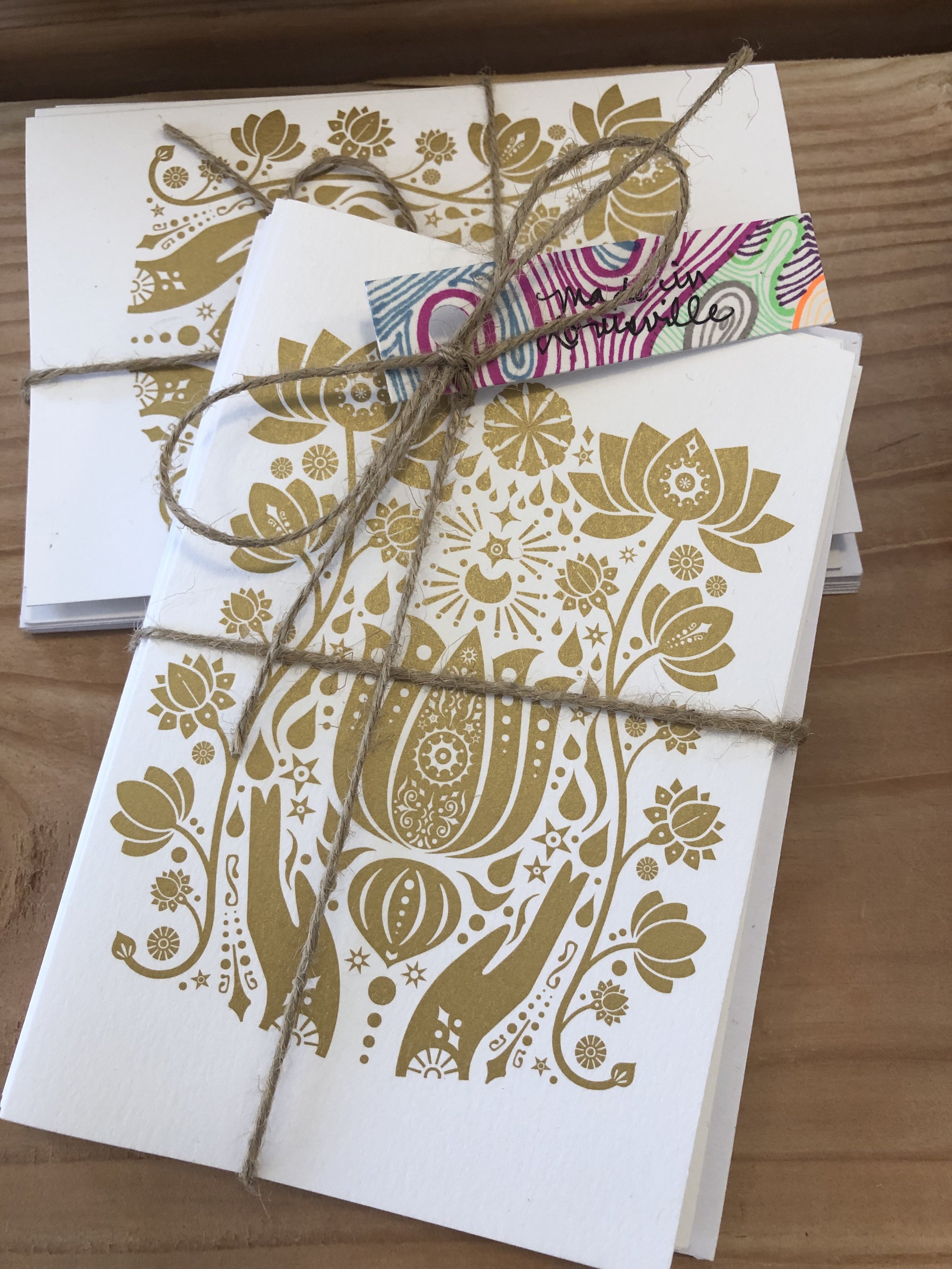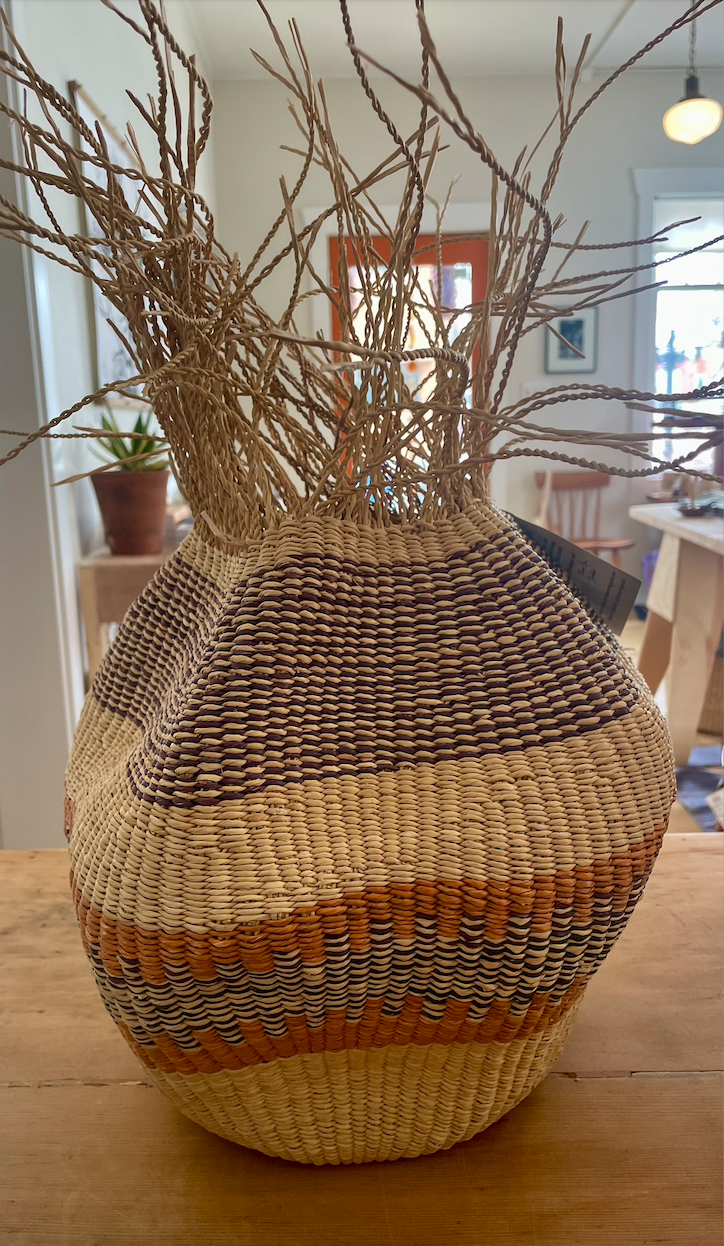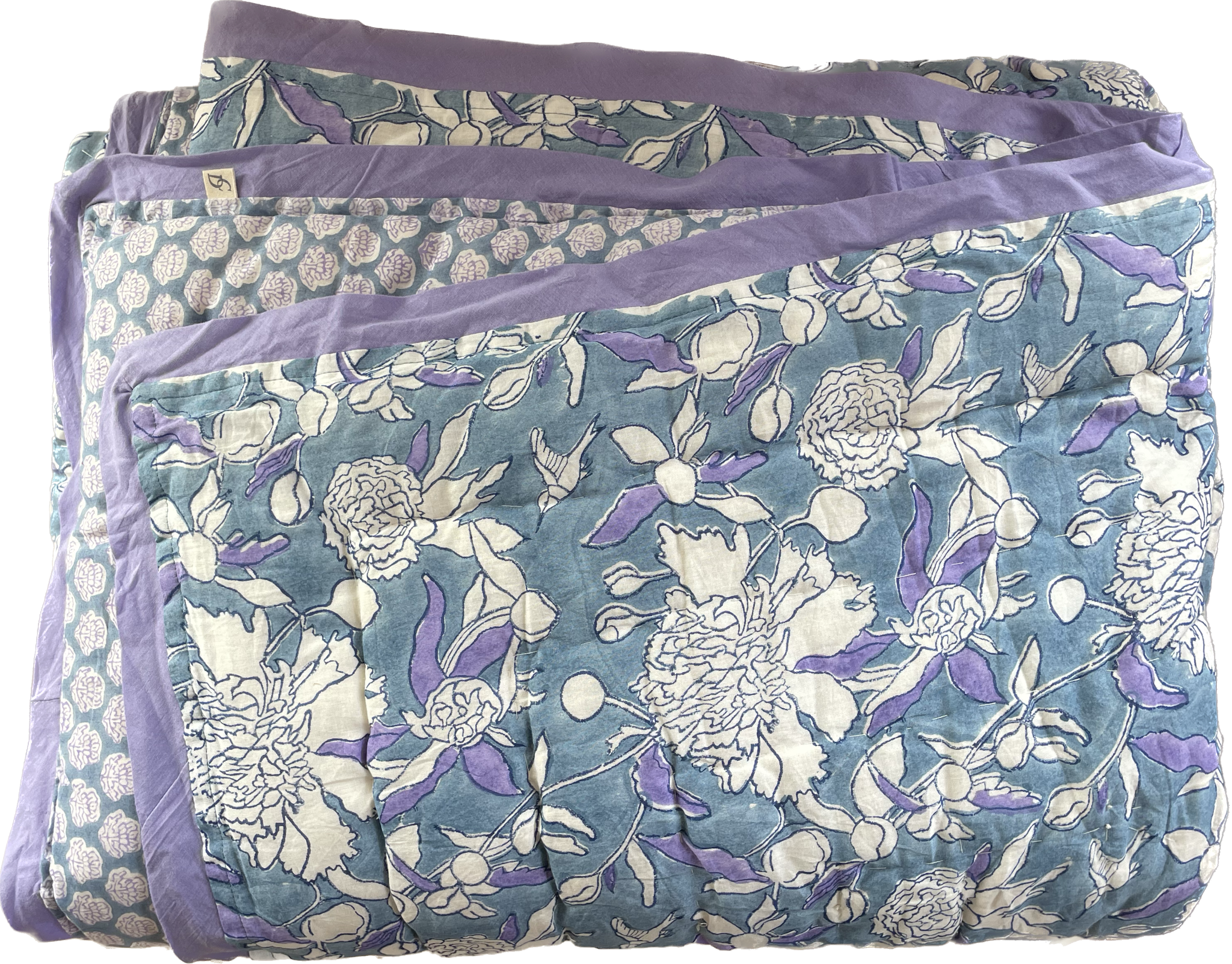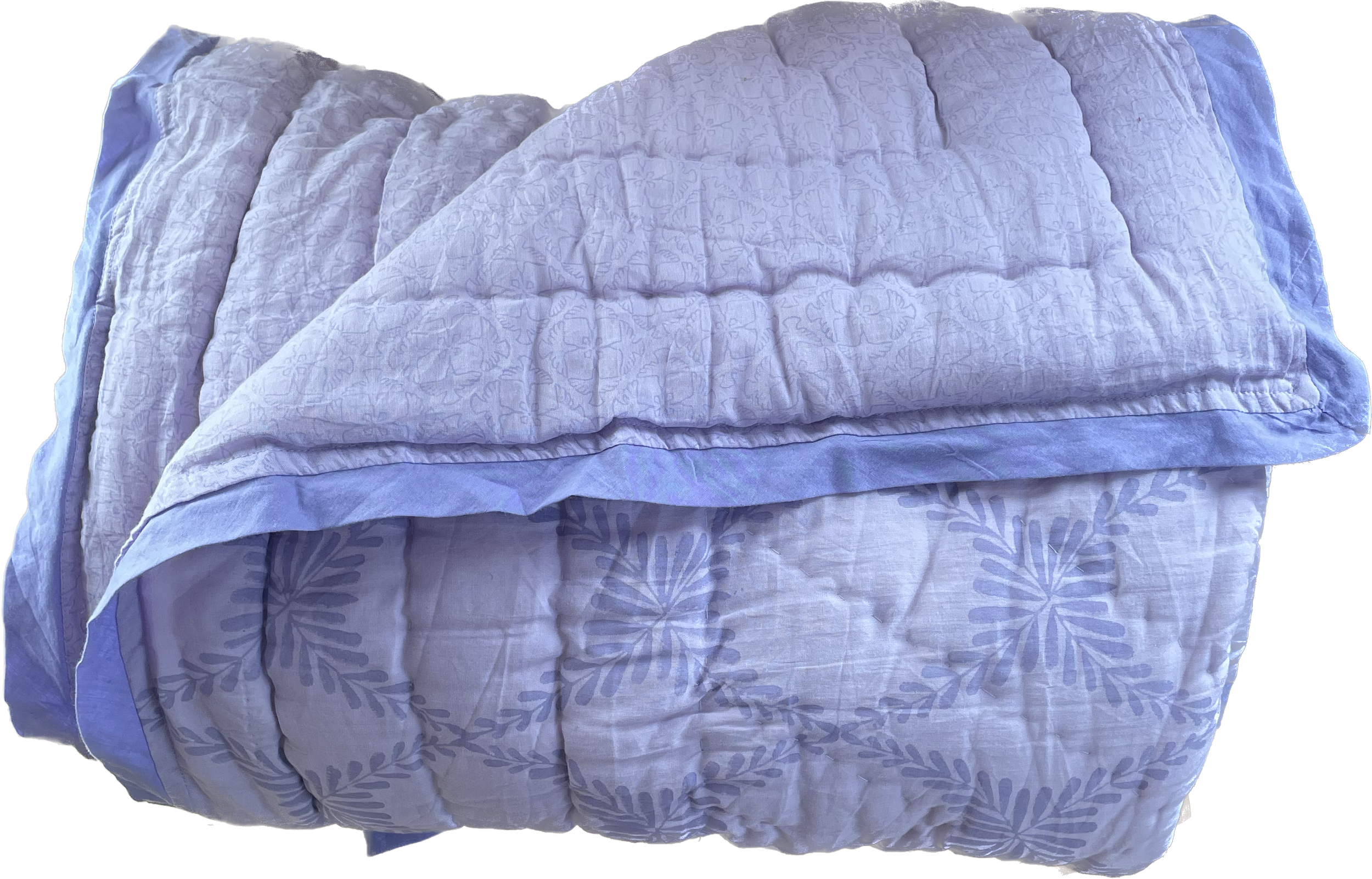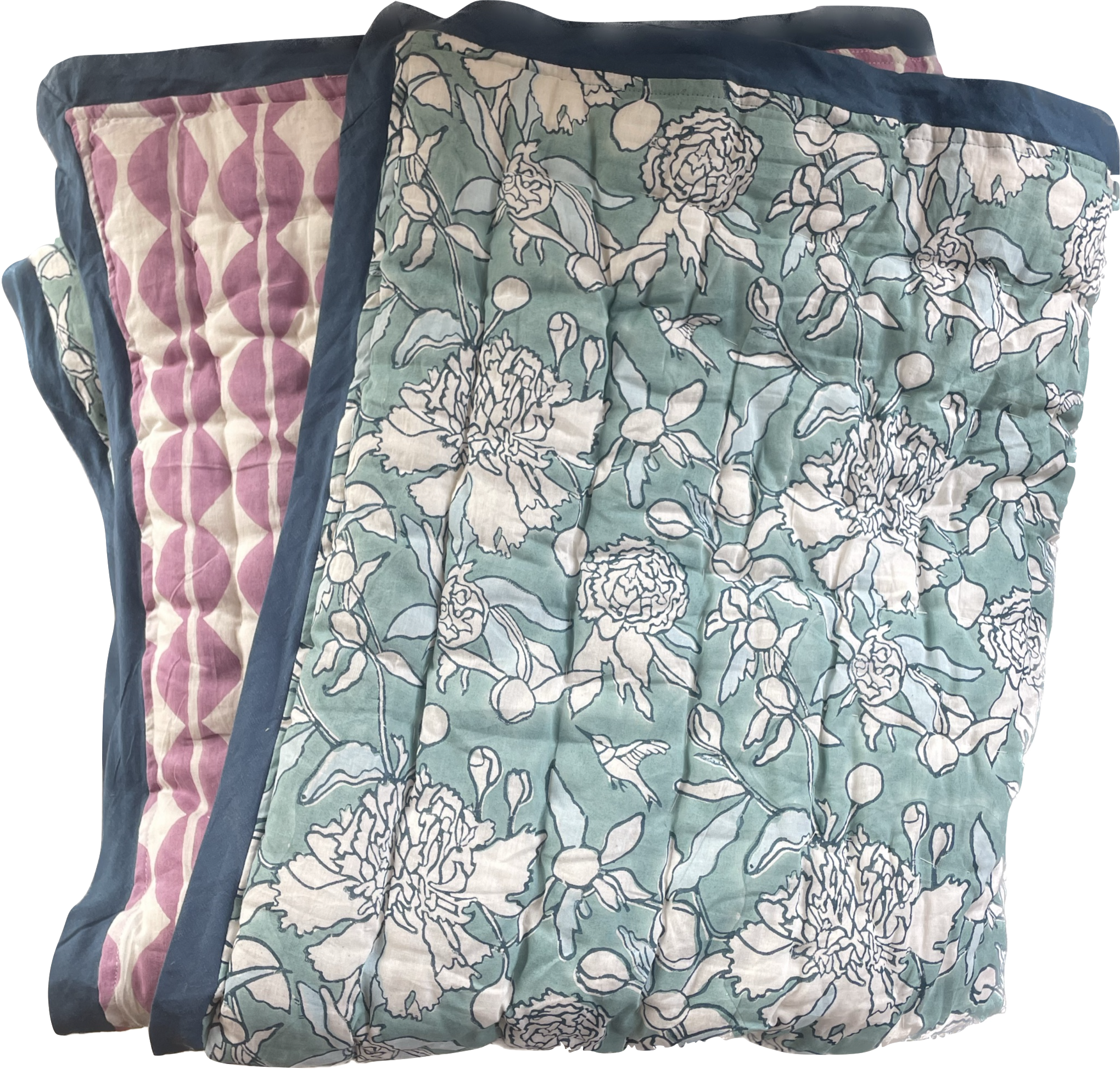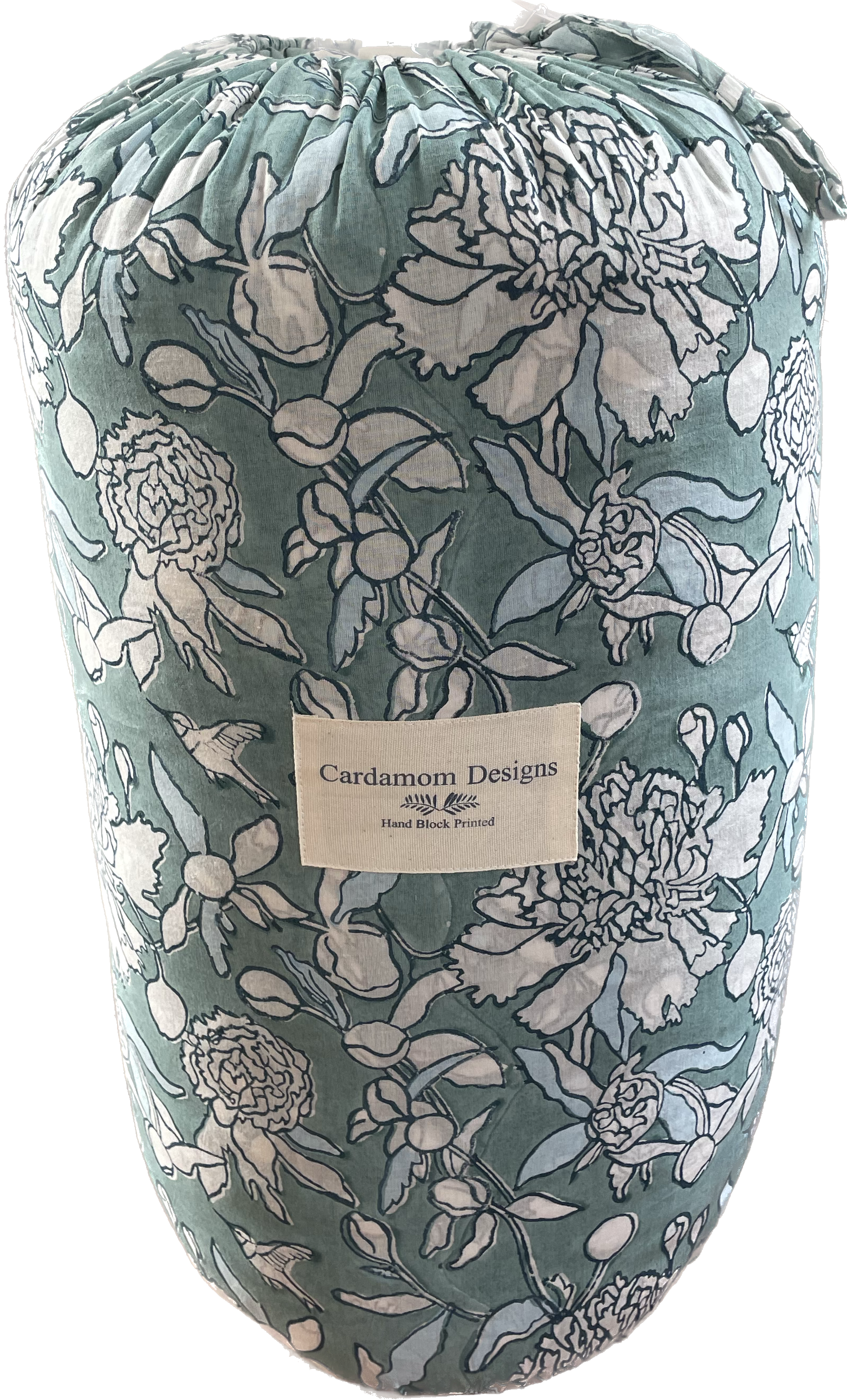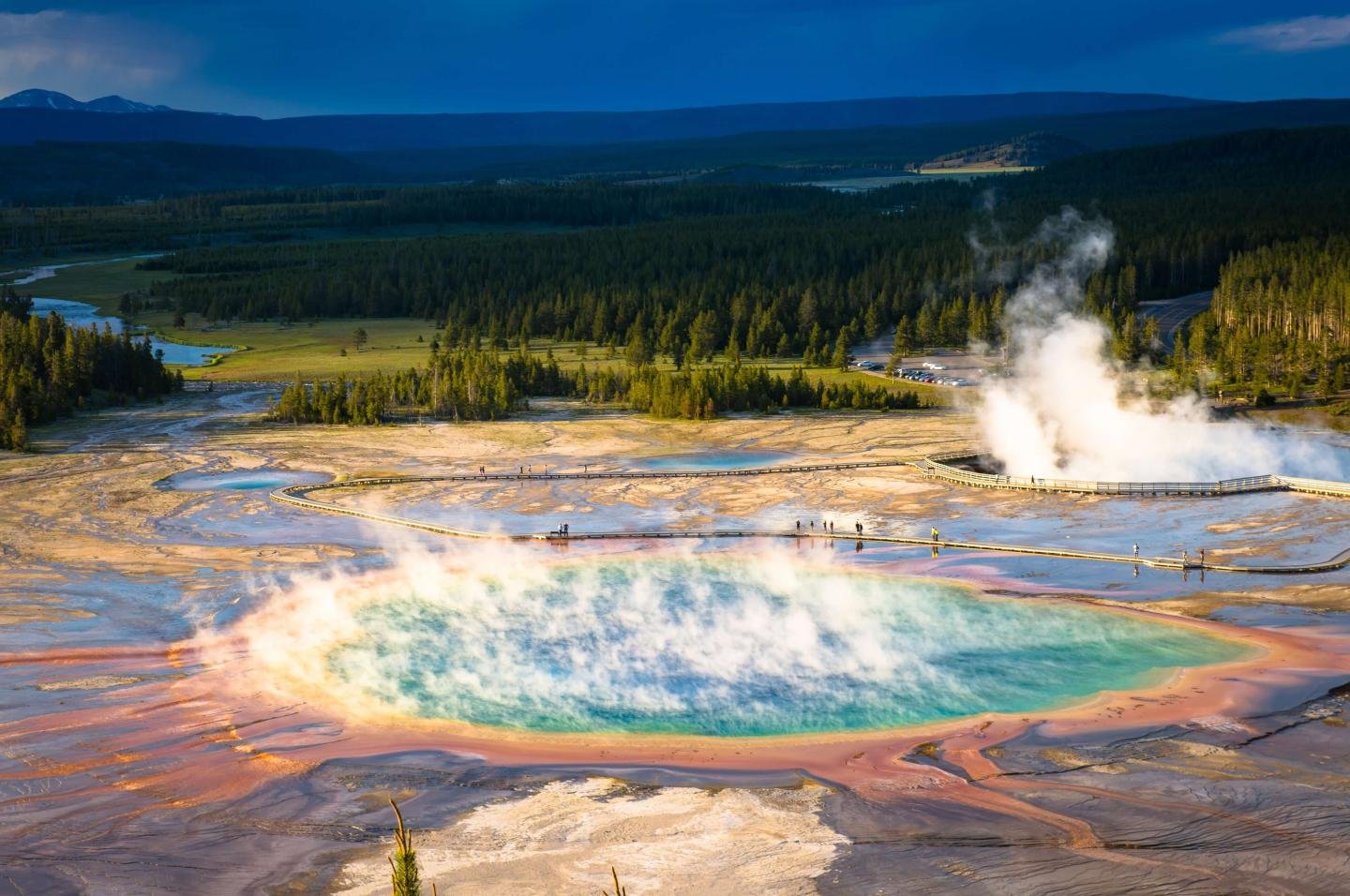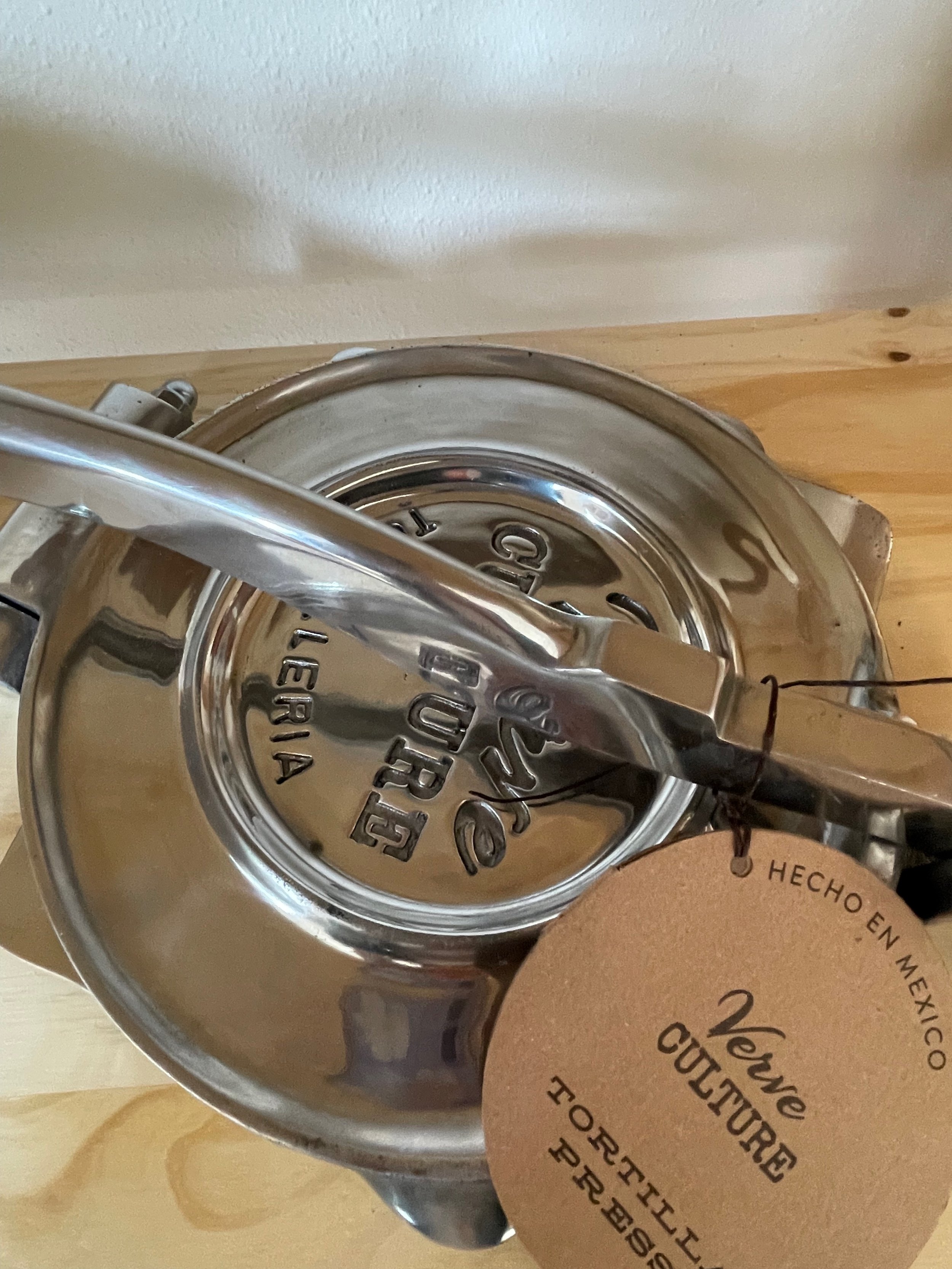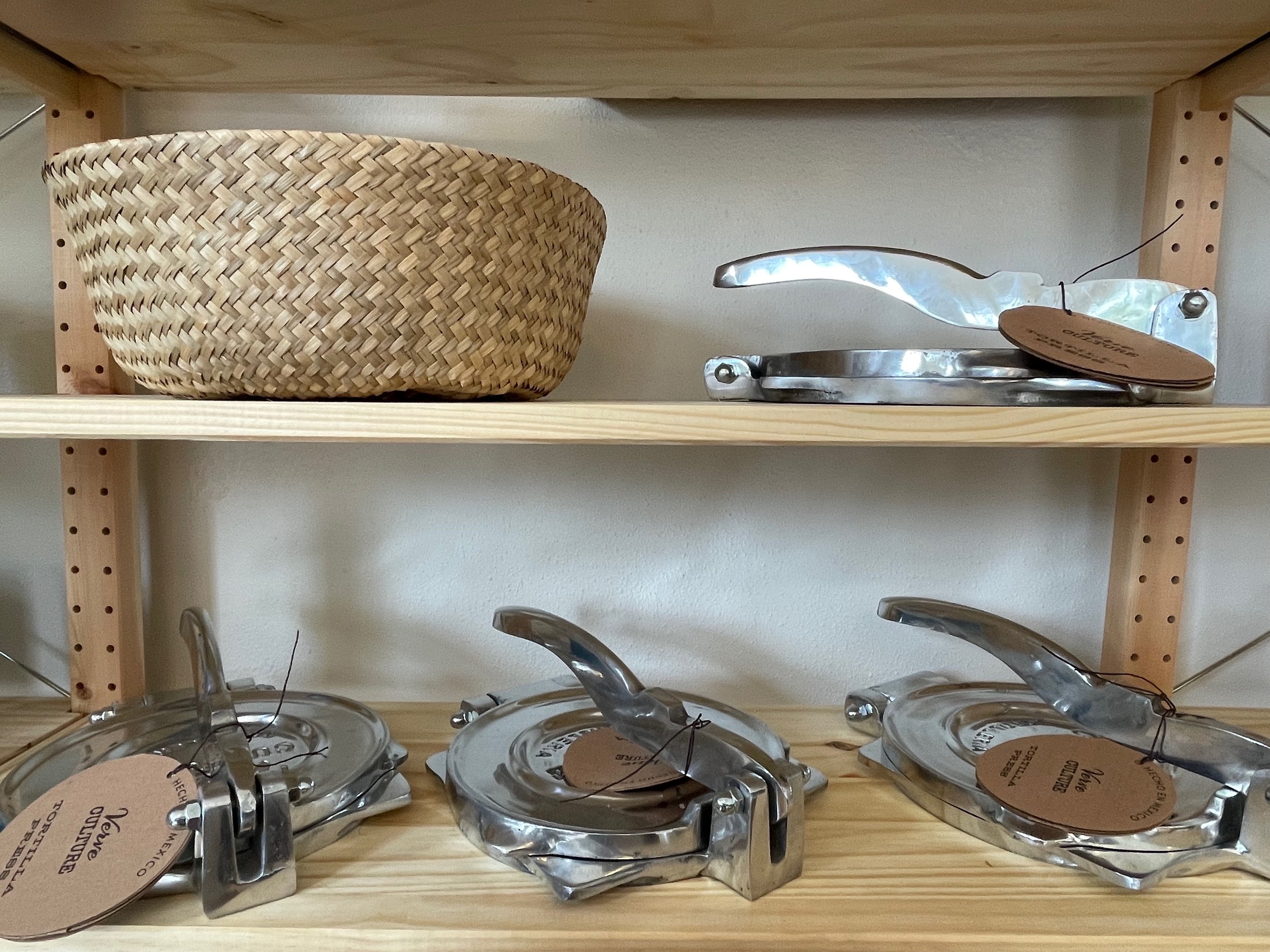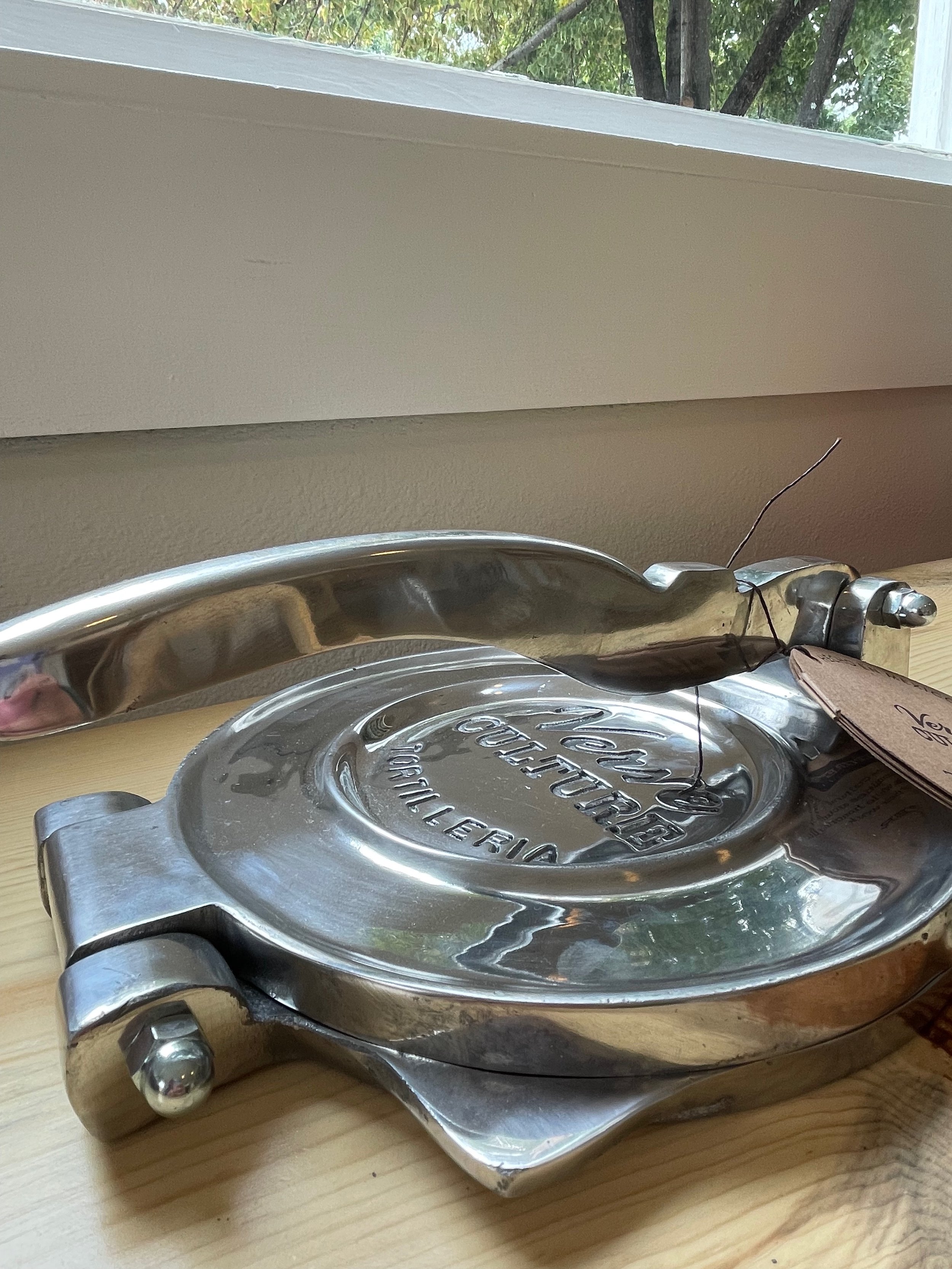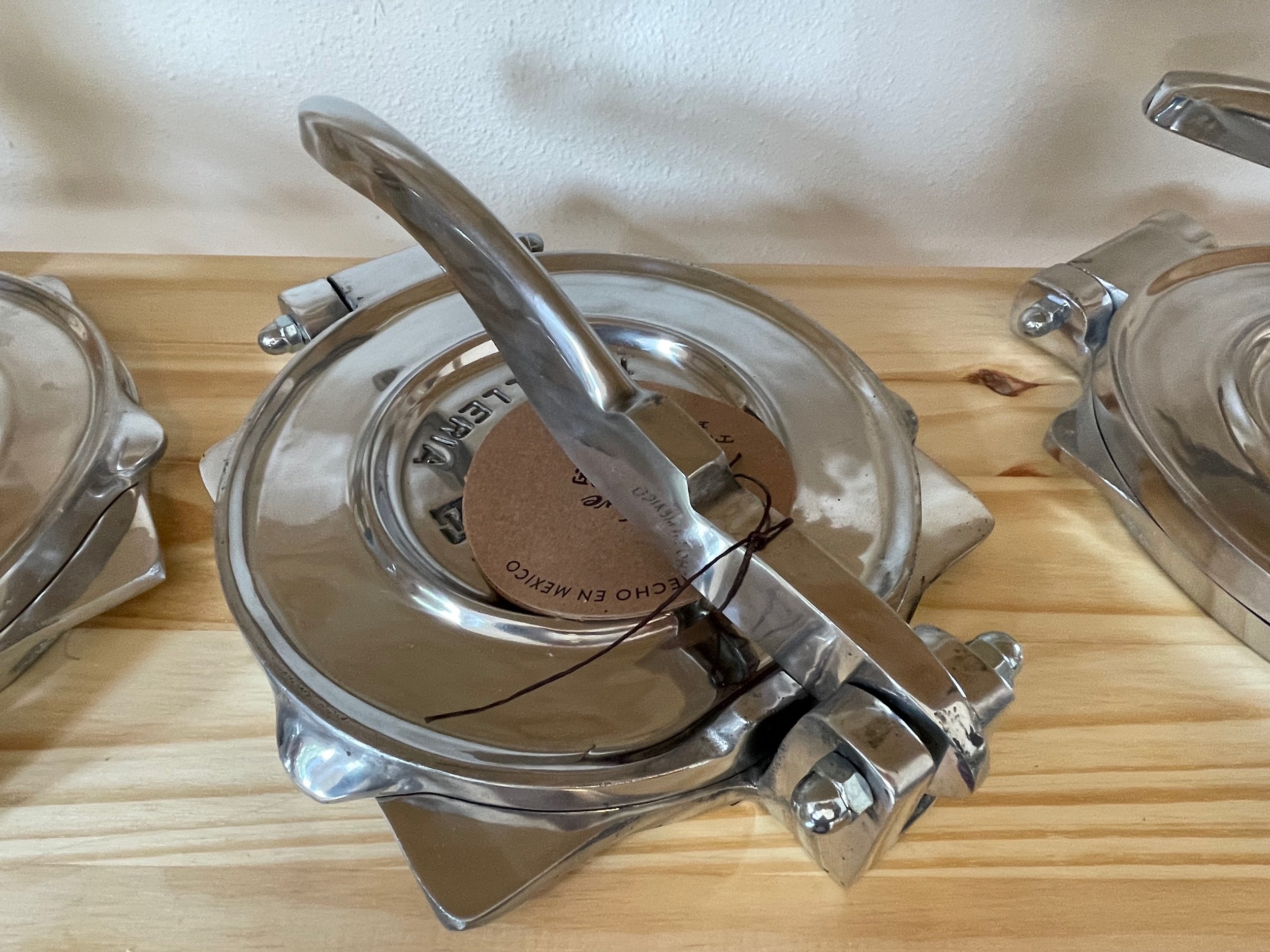shop farewell.
with so much gratitude, we’ll be seeing you.
DEAR COMMUNITY:
What is there really to say other than a deep, soul-full ‘thank you’ for your support over the past two years. I set out on this adventure, taking a leap of faith after years of planning and mulling and toe-dipping, to see if I could be a part of the change I wanted to see in my community. To activate a dream I’ve held in my heart for years. To connect beautiful, handmade artisan wares to my community. To build a collective of local artisans and create a physical space in which we could all fill it with our curiosity, creative expression, and community. In so many ways, it has been successful at doing just this and THAT is what I will celebrate for years to come.
However, it is with a heavy heart and clear mind that I’ve made the decision to not renew my lease and will be closing the shop at the end of June 2024.
While the community support has been warm and welcoming, the stark reality over the past two years has been high rent and low sales. I have resisted this decision for months, but in taking a deep breath, have had to face reality and make the hard decision that is best for myself and my family.
Retail is hard. And in post-pandemic-current-financial-shenanigans, it’s even harder. Louisville has struggled for YEARS to keep its downtown alive and vibrant and yet year after year, we lose business to other communities or financial hardship. After living and breathing this for myself, I don’t know that there is any one solution to solving this issue, but I do believe that as a collective community, we can each play a positive and powerful role in supporting the businesses that do exist.
There is an open invitation for each of us to be a part of the solution. Perhaps it’s choosing to support local as often and reasonably as you can. Not for the sole purpose of consumption, but if there is a need, see if a local shop can satisfy it. And if they don’t have it, consider asking if they can find it.
Perhaps it is true that local shops can't satisfy every need, but I do think that we’ll all be better off, with healthier, more vibrant communities if we can lean-in and source locally as frequently and as often as we can.
So what happens to Modern Folklore beyond the physical space? I’ve asked myself this a few hundred thousand times and the answer is simply: nothing. It is a part of me, an expression, and will forever be that. Working with so many talented artists, I’ve learned that the real art is in the making, not in the final product. Once you put it out into the world, it no longer belongs to you but to the larger collective.
Connecting with and finding quality, artisan goods has ALWAYS been a passion of mine. This won’t go away. Nor will the stories – oh, the stories! – that have filled my heart about the hands that make them. They are stories rich in healing, reflection, joy, self-determination, and creativity. I love knowing whose hands made the cup, carved the wood, or wove the towel – that the exchange of goods was fair, honorable, and safe. And, at least for my heart, the community connections I’ve made will be lasting.
The artisans whose work fills these shelves are still creating, so please sign-up for their newsletters, follow them, and support them through local markets if you can. Maybe we’ll have a seasonal pop-up from time-to-time to reconnect. Perhaps I’ll keep the website and socials going for a bit after June, but only after I take some time to unplug, detox, and get real quiet.
I’m a hope-springs-eternal kind of person, so I always have hope, current-events-dumpster-fire included. If this is my hard thing, I accept it. AND. I believe in the depth of heart and goodness of humanity. We are the change we’ve been waiting for, my friends. We have the capacity and autonomy to CREATE and build the kind of community and world we want to raise our kids in. What does that look like for you? Where does your hope lie?
I recently listened to Irish poet David Whyte ‘talk story’ a bit, sharing this poem that resonated deeply, offering an invitation to consider the possibilities of life:
The bell and the blackbird by David Whyte
The sound of a bell
still reverberating,
or a blackbird calling
from a corner of the field,
asking you to wake
into this life,
or inviting you deeper
into the one that waits.
Either way
takes courage,
either way wants you
to be nothing
but that self that
is no self at all,
wants you to walk
to the place
where you find
you already know
how to give
every last thing
away.
The approach
that is also
the meeting
itself,
without any
meeting
at all.
That radiance
you have always
carried with you
as you walk
both alone
and completely
accompanied
in friendship
by every corner
of the world
crying
Allelujah.
with so much gratitude, i’ll be seeing you.
abrazos amigxs,
corrie
Artisan Spotlight: Indika and the Jai Vakeel Foundation
[Founder’s Note: Happy Summer everyone! It’s been a minute since we sent out a newsletter + artisan spotlight…summer arrived in a hurry (or at least the end of the school year) and we were off to summer camps, travel, and birthdays, along with all of the “normal” day-to-day shuffle of work, life, and play.
As a woman-owned, small business deeply committed to creating a space where all feel welcome, June also served as an invitation to listen, observe, and learn from the communities I intend to lift up and support. And while I struggled with “keeping quiet”, I felt like I needed to soak up what the LGBTQIA+ community was sharing. We had the incredible opportunity to attend a family wedding in Bozeman, Montana for two magnetic and loving young women whose passion and commitment to open-hearted living has left a mark on all who know them. It was an emotional union as we all paid witness to the strength and endurance of their love. Of what it meant for each of us to be standing there alongside them in support of their union. Love was all around. And, I felt eternally grateful to be able to share this with my own daughters. So that they can know deep in their bones that love is love. I felt overwhelmed with the sense that true love, truth in love, and open-heartedness is ever expansive. Anything else is simply less than love.
I share this reflection with you all because I want there to be clarity around who and what we stand for at Modern Folklore. I can’t help but bring my authentic self to this space and with that, a deep commitment to supporting communities and individuals who have been traditionally marginalized and kept from society’s table. And I suppose I feel this even more deeply following the U.S. Supreme Court conservative majority’s decision to side with another Colorado-based, woman-owned company in her ability to not serve people of a particular community, specifically targeting the LGBTQIA+ community. The implications of this will no doubt reach further.
All that to say, LOVE is LOVE. I invite each of us to continue to seek out what expands our notion of life and love, what opens our hearts to the lived experience of others, and what allows us to all finally see that we truly do belong to each other. - Abrazos, Corrie.]
For this artisan spotlight, we wanted to highlight Indika, a company that works with artisans in India to bring beautifully handcrafted products to your home, and the Jai Vakeel Foundation, one of their partner foundations.
Founded in 2011 by Farinaz and her husband, Travis, Indika focuses on supporting ancient techniques for creating traditional Indian goods. After witnessing the mechanization of production in India and the loss of the culture and heart behind the products crafted, they started their business to support traditional Indian products and the generational craftsmanship of such goods. With intention and tradition in mind, they offer beautiful artisan-made goods crafted and hand-selected by their artisan partners.
Our personal favorite is the story and craft behind their desert bells. Made using techniques passed through generations, these bells have traditionally been used for cattle. Each bell begins as recycled steel, beaten and shaped into a cylinder, and dipped into a copper solution. The bells are then wrapped in a clay dough and fired using hot desert sand, a process through which the steel and copper anneal to form bronze. Each bell is then hand tuned to create a unique tone. It is said that a goat-herder could tell which animal was missing by the sound of each individual bell.
Indika also partners with organizations around India that support traditional crafts. One such organization is the Jai Vakeel Foundation, the oldest and largest non-profit in India supporting children and young adults with intellectual and developmental needs. Making sure every child is supported and included in society, they provide healthcare, education, skill development, and support services.
At Modern Folklore, we carry the Jai Vakeel Foundation’s hand-loomed all-purpose dusters. Woven by students with intellectual disabilities, this process helps them cultivate higher self-esteem and a sense of purpose. Multi-purpose and beautifully woven, these towels can be used for both cleaning and as hand towels.
The story behind the hands that make is always worth celebrating. Partnering with artisan brands like Indika is just another example of our collective purchasing power and the ripple effects our choices can have throughout the world.
Stories matter. It is, and always has been, the tie that binds. When we hold space for others’ stories, we open our hearts and minds to another’s lived experience and we collectively expand. We are truly only limited by our willingness to listen. So…lean in.
compiled by: ava lypps, shop guide
edited by: corrie williams, owner + founder
Celebrating Mother Earth
In honor of Earth Day, we’re celebrating our focus on quality artisan goods and conscious consumption.
April is Earth Month! and we’re celebrating one of the core values at Modern Folklore: conscious consumption.
The term “conscious consumption” embodies the mindful consumption of products with an awareness for how they impact the greater good: socially, economically, and environmentally. With this framing in mind, our artisan goods are intentionally sourced with consideration for the materials, makers, and product end-of-life; of which many are fully useable, recyclable, or compostable. We agree wholeheartedly with Anna Lappé when she says that “every time you spend money, you're casting a vote for the kind of world you want.” It was this very realization that motivated our founder, Corrie Williams, in establishing Modern Folklore.
While all of our curated selection of artisan goods very much lives in the spirit of conscious consumption, we want to highlight two products that particularly resonate.
Dripping Springs Ollas
Currently owned by partner Mary Kathryn Dunston, founder Lori Haynes started Dripping Springs Ollas as a way to conserve water while gardening in the hot and drought-prone Texas hill country. Ollas (Spanish for “pot”) are unglazed, porous clay pots that have been used for thousands of years for irrigation. They are one of the most efficient watering systems, using up to 70% less water than other irrigation techniques. Ollas support proper soil hydration, leaving your plants with exactly what they need. Buried in the soil and filled with water, water is pulled from the ollas when the soil is dry and remains in the pots if saturated. Plants’ roots will grow towards the olla and receive what they need when they need it.
The tops of Dripping Springs Ollas can be left open to collect excess rainwater due to their wide mouths, although be mindful that critters can fall in and mosquitoes might be happy to call it home.
According to the EPA, the average family in the US consumes 96 gallons of water per day in outdoor use. However, as much as 50% of the water used for irrigation is wasted due to inefficient irrigation methods. Ollas offer a simple solution to reducing water consumption in our own drought-stricken region, saving you money as well. Depending on your region, you can often water your garden fewer days per week as it provides the water your plants need without the loss from evapotranspiration. Combined with a thick layer of straw mulch, your plants will be thriving through the dry summer heat.
Handmade by artisans in Mexico, these ollas are a win for you, your garden, and the environment!
Wrappily
Wrappily is a company based on sustainability through and through. Founder Sarah Smith saw a problem in the waste caused by traditional gift-wrapping products. It is estimated that 4.6 million pounds of wrapping paper are used in the US each year - most of which ends up in a landfill. As a solution, Wrappily developed a newsprint wrapping paper that is 100% compostable and recyclable with a lower production impact and high recovery rate given that 73% of all newspapers are recovered and recycled in the United States.
Wrappily products are milled, printed, and packaged in Washington State, lowering production emissions compared to most traditional wrapping papers that are printed overseas, traveling thousands of miles to reach consumers. A one-to-one swap of traditional wrapping paper to Wrappily paper equates to 8,750 miles not being driven by the average passenger vehicle, 397 gallons of gasoline not being consumed, and 3,886 pounds of coal not being burned. That’s an eco-footprint I can get behind and we are proud to host Wrappily at the shop.
While consumer choice can be viewed as a privilege, many of us do have the power to make choices in how and what we consume. And we believe every step matters. This Earth Day, we encourage you to consider one item or action in your own life that you can shift to be more mindful of this Mother Earth we all call home.
written and compiled by: ava lypps, shop guide
edited by: corrie williams, founder
Celebrating Women’s History Month
As a woman-owned business and in honor of women's history month, we’re giving a shout-out to all those girl bosses out there.
As a woman-owned and run business and in honor of women's history month, we dedicate this blog post to the importance of supporting women-owned businesses, local to global.
Photo courtesy of Shea Kluender
A brief history…
Women’s Day Banner, C. 1975.
History.com
Women's history month was born out of an organized rally in New York City in 1909, where thousands of activists gathered to put forward the idea that a woman's place was in the entire country, not just in the home. On March 8th, 1911, the United Nations created International Women’s Day to celebrate the economic, political, and social achievements of women. By 1987, the United States congress had expanded National Women's Week in March to a month-long celebration. Every U.S President has marked March as Women's History Month since 1995.
Today, there are 13 million women-owned businesses in the United States - a significant leap from 402,000 in 1972. While women-owned businesses continue to grow, women entrepreneurs face tremendous challenges compared to their male counterparts. According to Boston Consulting Group Analysis, women are more limited in investment capital, receiving more than one million dollars less than men on average. Additionally, 40% of female founders lack advisors and mentors, which proves to be an added obstacle to growth. Despite these challenges, women who run their own businesses generate 10% more revenue in five years than men do. Women-owned businesses also tend to have happier employees and a more diverse work environment.
It’s not stretch of the imagination to realize that if we put our dollars towards supporting women-owned businesses, closing the revenue and employment gap, we could encourage a more diverse, well-balanced economy and a world where women feel empowered to own their own businesses. When you support women-owned businesses, you are putting your cash back into the communities in which you live, work, and play. According to Buy Women Owned, a company that supports women in business, women reinvest up to 90% of their income into their families and communities, compared to 40% for men.
Now - more than ever before in my lifetime - has the recognition and celebration of women’s achievements in the face of adversity held such magnitude. Women have always overcome great adversity in spite of what the world says and it is our true belief that when you “invest in a woman, you change the world”.
Photo courtesy of Shea Kluender
As a woman-owned and run business, we’re especially proud that over 80% of our artisan partners are women. Their creativity, ingenuity and heart fills our space with constant inspiration.
We invite you to check out this beautifully handcrafted work for yourself and support a woman-owned business supporting women.
written and compiled by: ava lypps, shop guide.
edited by: corrie williams, founder + owner.
Local women artisans featured at Modern Folklore:
Celebrating: Ti-a Woven Goods + Jo’s Body Shop
To celebrate Black History Month this February, we lift up two black woman-owned business and artisan partners: Ti-a Woven Goods and Jo’s Body Shop.
In honor of Black History Month, we lift up two black woman-owned businesses and artisan partners:
Ti-a Woven Goods and Jo’s Body Shop.
[a note on the history]: Black history month was officially" designated in 1976 by President Gerald R. Ford as a way to encourage people to seize the opportunity to honor the too-often neglected accomplishments of black Americans in every area of endeavor throughout our history. This designation, however, came fifty years after the first organized celebration of black history in February of 1926, which was coordinated by Carter G. Woodson and the Association for the study of Negro Life and History.
With an eye towards honoring black history always, this month in particular invites each of us to dig deeper into this history, to understand the lived experiences and systemic systems of oppression, as it informs our collective past, presence, and path toward a more just and equitable future.
Ti-a Woven Goods
Ti-a Woven Goods, founded by local Coloradoan, Simbala Drammeh, was established after years of Simbala’s service in the Peace Corps. Stationed in Ghana, she recognized the opportunity to help support these women long-term by helping them establish a self-determined lifestyle through their artisanry. Partnering with weavers in ten villages near the area of Bolgatanga, Ghana, each basket is handwoven from local Kinkanhe grass and makes a lasting, beautiful addition to any home. Ti-a Woven’s mission is to empower women through weaving, thus creating environmentally friendly products and keeping traditional skills alive.
[image source: Ti-a Woven Goods.]
The women of Bolgatanga, Ghana, face lower literacy rates, low income, and limited access to roads and electricity. Even in the face of this adversity, according to Simbala, the women of Bolga are “extraordinary, talented, resilient, vibrant, and full of joy.” Paid above typical fair trade wages, these women are given autonomy and a voice at home, where men have historically held control.
Your support and purchase of a Ti-a Woven basket directly supports these women and their movement towards autonomy.
[image source: Ti-a Woven Goods.]
Jo’s Body Shop, founded by Georgia “Jo” Heslop, is a Colorado-based skin and body care company that offers a range of beautiful and intentional products.
“The shop was born out of a desire for equally effective and trustworthy natural products that can be used safely every day. Our products are non-toxic and made without harsh chemicals so that you can have peace of mind when you shop here" - Jo, Founder.
With all-natural ingredients and a focus on recyclable and reusable packing, it's hard not to fall in love with Jo’s products. At the Modern Folklore shop, we currently stock Jo’s Everything Balm, Jo’s Yoga Mat Spray, Jo’s Foot Soak, Dead Sea Detox Face Mask, and Jo’s “Down There” Hair Serum (crafted to tackle any coarse body hair). One of our favorite products is the Dead Sea Detox face mask. This mask has no additional ingredients or preservatives, delivering hydration and nourishment that is refreshing and detoxifying.
[image source: modern folklore]
Both of these companies support and empower black women and marginalized communities. They also create beautiful products made with love and intention. This month and every month, it is essential to uplift and support small businesses like these, especially those that are black women-owned. According to the non-profit Buy From A Black Woman, black women are starting more businesses than any other demographic. Between 2014 and 2019, black women started 42% of net new women-owned businesses.
However, the sales for black women-owned businesses are “five times smaller than all women-owned businesses due to a lack of support and awareness.” Additionally, black women founders make just $24,000 on average compared to $143,900 made by other women founders. We invite each of you to seek out and support black women-owned businesses where you live and uplift this community of inspirational black women.
We invite you to join us in building more knowledge and appreciation for black history and culture both now and well into the future. Below is a list of creators, thinkers, and thought leaders whom we follow and (un)learn from on a daily basis. You’re invited to do the same.
What black-authored books have you read and what thought leaders do you follow? Please share other black woman-owned businesses or artisans with whom we should follow or connect.
Additional Blog Image Sources.
written + compiled by: ava lypps, modern folklore shop guide
edited by: corrie williams, modern folklore founder + owner
Artisan Spotlight: Cardamom Designs
This month we highlight our artisan partner, Cardamom Designs, and their beautiful Indian hand-block printing techniques.
In this cold winter weather, one of our favorite things to do is snuggle up on the couch and watch a movie or read a good book. At Modern Folklore, we have the perfect blanket for getting cozy and watching the snow. Our throw quilts from Cardamom Designs are comfortable, soft, beautiful, and a perfect addition to any couch or bed. These quilts are hand block printed, and there is a story and artisan behind each one. The quilts are beautifully patterned and made from natural cotton, eco-friendly dyes, and hand-stitched in a traditional Jaipur Razai style.
Cardamom Designs is one of the many wonderful, women-owned businesses we work with at Modern Folklore, and there are so many things we love about them. Cardamom Designs was founded by Kate Kellogg after an artist residency in Jaipur, India. This residency led her to the art of hand-block printing and traditional Indian artisans who could make her dreams of combining her artwork with her love of Indian culture a reality. Every design is hand-drawn or painted by Kate and sent to artisans in India who carefully carve the designs into wood blocks. Artisans use the blocks to print the designs onto natural cotton and silk fibers.
The art of hand-block printing originated in the 3rd century in China and reached India by the 12th century. Block printing is a generational art that has been passed down through the years. It has taken on the culture and community of the region and has become an important Indian tradition. Many people are involved with the different parts of the process, from creating the designs to carving the blocks to eventually printing on the fabric. This beautiful process shows the heart of community and culture that we value so much.
These quilts are just one example of the beautiful work that they do. Cardamom Designs makes everything from quilts to bandanas, kitchen towels, and napkins. The Modern Folklore shop is proud to carry many of these artisan textiles. Every pattern is handmade and thus truly one-of-a-kind, displaying the heart and hard work that goes into authentic handmade, artisan goods.
The story behind Cardamom Designs + founder Kate Kellogg.
for more information on block-printing and blog sources…
https://www.marketplaceindia.com/product/blog-a-rich-tradition-hand-block-printing
https://www.jdinstitute.edu.in/history-of-block-printing-with-infographics/
https://www.nytimes.com/2018/05/18/t-magazine/block-print-jaipur-india.html
written + compiled by: ava lypps, modern folklore sales guide
National Native American Heritage Month
In order to celebrate Native American Heritage Month we encourage you to learn more about Native American history and culture!
November was first dedicated as National Native American Heritage Month in 1990 by George H. W. Bush. However, Native American tribes had been campaigning for a day of recognition since the early 1900s. This month is a time to celebrate and uplift Native American history and culture. It is also a time to (un)learn our history and relations with Native Americans as a nation - a process of taking a deeper look at the way the U.S. has historically related to Native American tribes and consider how our own images of Native Americans may differ from reality. The story of peace between the pilgrims and Native Americans is far too simple and ignores an important part of our collective history.
Today, there are 537 tribal entities recognized in the United States that speak hundreds of different languages; 74 native languages are spoken in California alone. Relations between the U.S. government and tribal governments have historically been strained and continues today. There was a period of time between 1780 and the 1820s, named the Coexistence Era, when relations were negotiated between the two entities. However, with the Indian Removal Act, passed in 1830, which gave federal dominance over indigenous land and self governance, relations turned, and the federal government forced Native Americans off of their ancestral lands. Today, due to the Trust Responsibility principle, which requires the United States to uphold terms of past treaties with indigenous groups, the federal government is required to support recognized tribes. While this is an abbreviated version of a very storied history, it is important to recognize that the history between Native Americans and the United States has been complex and often painful.
Yellowstone National Park - Historically associated with 27 different tribes, including the Blackfeet, Cayuse, Coeur d'Alene Nez, Shoshone, and Perce, among many others.
During Native American Heritage Month and always, it is important that we take time to learn and listen to native voices. Though we cannot change the past, we can move forward with open minds and support indigenous groups by learning about and respecting their culture. There are many ways we can educate ourselves on Native American heritage, including visiting the official website for Native American Heritage Month, which has hundreds of resources available. There are many things being done today to preserve and uplift Native American heritage. The Institute of American Indian Arts (IAIA) is one such example - a “premier educational institution” based in Santa Fe, New Mexico that centers indigenous art and culture in all it does. This is only one of the many current efforts to preserve and celebrate Native American history and culture.
At Modern Folklore, we have recently introduced a series of paintings by Bonnie Halsey-Dutton, who holds a PhD in Art History & Education and practices as a fine arts educator and visual artist from South Dakota, often celebrating native traditions and stories through her work. One of these paintings, titled “Stories in Feather & Stone”, depicts a feathered headdress or a war bonnet. These were worn traditionally by chiefs and warriors who belonged to around a dozen tribes in the great plains. Each feather represents a story of bravery and accomplishment. This was something new I learned and I gained a new appreciation for these beautiful headdresses and their history.
With Thanksgiving around the corner, we encourage you to take the time to learn some new information about Native Americans, including the historical territories of the Native Americans who once occupied the land on which you live, work and play. For the majority of Boulder County, we are situated on the ancestral land of Tséstho’e (Cheyenne), Očhéthi Šakówiŋ (Sioux), hinono’eino’ biito’owu’ (Arapaho), and Núu-agha-tʉvʉ-pʉ̱ (Ute) tribes. You too can find out more by visiting this interactive map of native lands.
Thanksgiving is a time to celebrate family and the things we are thankful for, but it is also important to recognize the holiday’s history. Below is a list of indigenous creators that you can check out to learn more about how you can support Native American artists:
written & compiled by: ava lypps, modern folklore artisan goods guide
Sources:
http://www.native-languages.org/headdresses.htm
Día de Los Muertos
Discover Día de Los Muerto: its origins, cultural significance, and traditions.
Día de los Muertos (Day of the Dead) is a traditional Mexican holiday beginning on November 1st and ending on November 2nd. It is believed that during this time, the veil between the spirit world and our world drops, and lost loved ones can visit with their families. During this time, families build ofrendas for their loved ones' souls. These ofrendas may include photos of passed loved ones, significant items, candles, letters, food, and marigolds meant to guide the spirits home. Copal incense is also used to draw the spirits home. These ofrendas may additionally include items to represent the four elements of life: water, earth (food), fire, and wind (papel picado). Papel picado is a traditional, colorful tissue paper decoration used in many parts of Mexico. Some people celebrate at home, while others decorate and celebrate in cemeteries.
The origin of Día de los Muertos dates back thousands of years to an Aztec ritual, Miccaihuitl. This ritual honors the dead as well as the changing of the seasons. The Aztecs believed that when a person died, they traveled to Chicunamictlán, the land of the dead. Only after nine levels of challenges, a journey which lasted years, could a person reach Mictlán, the final resting place. In order to aid their loved ones on this journey, the Aztecs provided food, water, and tools, during the Miccaihuitl ceremony. The marigold, or cempasúchil in Aztec, was considered the flower of the dead. Along with its strong scent, its bright, vibrant colors of yellow and orange also represent the sun, a bright light helping guide the loved ones back home. This ceremony was later influenced by the Spanish All Souls Day during Spanish colonization and eventually became Día de los Muertos. During All Souls Day, Spanish families would bring wine and pan de ánimas (spirit bread) to their loved ones' graves, decorating them with flowers and candles to light their path home.
Today Día de los Muertos is a widely celebrated holiday and was recognized in 2008 as an intangible cultural heritage of humanity by UNESCO. Over the years, skulls have become an important symbol of the holiday. Skull masks and sugar-molded skulls are common during celebrations. The La Calavera Catrina (elegant skull), a symbol of the holiday, began in the early 20th century when printmaker José Guadalupe Posada created the image, an etching of a female skeleton. This satirical figure portrays an indigenous woman covering up her features in french attire and makeup to make her features whiter. Today, this is one of the most famous symbols of the holiday. Pan de muerto, a sweet bread baked on Día de los Muertos, is another significant emblem of the holiday.
Día de Los Muertos is an important cultural holiday that can be celebrated and appreciated respectfully through learning its history and significance. We invite you to make your own oferendas at home and find ways to honor your departed loved ones. There is so much wisdom to gain from this beautiful holiday and its many traditions.
compiled by: Ava Lypps, modern folklore artisan goods guide.
Sources:
https://news.arizona.edu/story/understanding-history-and-traditions-d%C3%ADa-de-los-muertos
https://www.history.com/topics/halloween/day-of-the-dead
https://www.worldhistory.org/Mictlantecuhtli/
https://www.pbs.org/education/blog/beyond-sugar-skulls-the-history-and-culture-of-dia-de-los-muertos
https://www.latimes.com/business/la-fi-agenda-retail-muertos-20171030-story.html
https://www.history.com/news/day-dead-dia-de-muertos-origins
La Historia de la Tortilla
Para honrar al inicio del Mes del Patrimonio Hispano, queremos dedicar este Artisan Spotlight a un alimento muy importante en la cultura hispana, la tortilla!
Nota de la fundadora: Corrie Aquí iBienvenidos! Como hemos compartido anteriormente, la misión detrás de Modern Folklore es no solo celebrar aquellos que crean pero también las culturas que influyen a estas personas. A lo largo de este mes, queremos elevar el Mes de la Herencia Hispana y reconocemos la influencia significativa que la cultura hispana tiene en nuestras vidas. Crecí en el centro sur de Texas, entonces, la cultura hispana, específicamente la cultura mexicana, ha dado forma a mi estética personal y a la forma en la que vivo mi vida. Sería negligente en no reconocer esta cultura tan bella y las personas que han llenado mi vida con tanta riqueza, calidez y abundancia. Con profunda gratitud celebramos y reconocemos la cultura hispana e invitemos a ustedes a explorar las maneras en que esta cultura y otras influyen las maneras en que viven, trabajan y juegan. ¡También damos la bienvenida a sus ideas, perspectivas y comentarios constructivos!
Para honrar al inicio del Mes de la Herencia Hispana, queremos dedicar este Artisan Spotlight a un alimento muy importante en la cultura hispana, la tortilla!
La tortilla ha sido un alimento muy importante en varias culturas durante miles de años. Es un alimento cercano a los corazones de muchos y ha estado conectando comunidades para generaciones. Las primeras tortillas fueron encontradas en Mesoamérica antigua. Mesoamérica fue una región del mundo que se extiende desde México y América Central actual hasta Costa Rica actual. Tradicionalmente las tortillas eran hechas de harina de maíz. Las tortillas de maíz fueron hechas de maíz nixtamalizado; este es cuando los granos están empapados en una solución de agua, limón y minerales para quitar sus pieles. Este proceso sigue siendo la técnica más usada hoy en día. La nixtamalización es importante porque este proceso facilita la digestión del maíz y aumenta su valor nutritivo. Además de ser un alimento importante para la sobrevivencia de civilizaciones mesoamericanas, las tortillas tuvieron gran relevancia cultural también. Durante ceremonias religiosas aztecas las tortillas fueron pintadas con colorantes naturales para representar a sus dioses y la naturaleza. Incluso después de la ocupación española de Mesoamérica, los colonizadores continuaban pintando tortillas con sus figuras religiosas siguiendo la tradición nativa. También durante esta época los españoles presentaron tortillas de harina a Mesoamérica cuando trajeron trigo a esta región.
Hoy en día la tortilla sigue siendo una parte integral de la cultura hispana y ha sido compartido con muchas otras culturas también. Se desarrollaron prensas de tortillas para facilitar la elaboración de tortillas en una escala más grande. Sobre los años, estas prensas han permitido la iniciación de grandes empresas de fabricación de tortillas. Estas tortillerías han apoyado familias, han creado comunidades, y han conectado personas a sus culturas.
Estamos orgullosos de compartir con ustedes la prensa de tortillas de Verve Culture que los invita a todos a hacer tortillas hechas a mano deliciosas. Además, tienes la oportunidad para participar en una tradición antigua y están apoyando los artesanos en México que hicieron las prensas. Este producto reúne la belleza de cultura compartida, comunidad y comida deliciosa hecha a mano que despierta nuestra pasión aquí en Modern Folklore.
¡Pase por Modern Folklore para las prensas de tortillas de Verve Culture y otros productos hechos a mano de México y más allá!
Compilado por: Ava Lypps, artisan goods guide por modern folklore
Fuente de Información: Tortillas a Cultural History by Paula E. Morton
Aprender más…
The History of the Tortilla
In honor of Hispanic Heritage Month beginning today we wanted to dedicate this Artisan Spotlight to an important staple food of Hispanic culture: the tortilla!
Founder Note: Corrie here. Welcome y Bienvenidos! As we’ve previously shared, the mission behind Modern Folklore is not only to celebrate the hands that make, but also the cultures that influence those hands. Throughout this next month, we will be lifting up Hispanic Heritage Month and recognizing the significant influence Hispanic culture has played in all of our lives. Growing up in south central Texas, the Hispanic culture, specifically Mexican, significantly shaped my personal aesthetic, palate, and general approach to living life. I would be remiss to not recognize this beautiful culture and the people who have filled my life with such richness, warmth, and abundance. It is with deep gratitude that we celebrate and recognize the Hispanic culture and we invite you to explore the ways in which this culture and others influence the ways in which you live, work, and play. We also welcome your thoughts, perspective, and constructive feedback!
In honor of Hispanic Heritage Month beginning today we wanted to dedicate this Artisan Spotlight to an important staple food of Hispanic culture: the tortilla!
The tortilla has been a long-standing staple food in many cultures for thousands of years. It is a food close to the hearts of many and has been bringing communities together for generations. The first tortillas date back to ancient Mesoamerica, a region extending from present-day central Mexico through Central America into Costa Rica. They were traditionally made of maize or corn flour. Corn tortillas were and continue to be made from nixtamalized maize, where the kernels are soaked in a mineral, lime, and water solution to remove their skins. This process makes corn more digestible and heightens its nutritional value. Not only were corn tortillas essential sustenance for Mesoamerican civilizations, they were also an important cultural staple. Tortillas were painted with natural dyes and used in Aztec religious ceremonies. Even after the Spanish occupation of Mesoamerica, Spanish colonizers painted tortillas with catholic patron saints following native traditions. Flour tortillas were also introduced during the Spanish occupation when the Spaniards brought wheat to Mesoamerica.
Today, the tortilla remains an integral part of Hispanic culture and has been shared with many other cultures. The tortilla press was developed to make the tortilla-making process easier and more efficient. Throughout the years, they have allowed people to convert small-batch homemade tortillas into larger-scale businesses. These tortillerias have long supported families, built communities, and connected people to their culture.
We’re proud to share with you Verve Culture’s tortilla press, that invites you to not only craft delicious handmade tortillas, but to also participate in a long-standing cultural tradition while supporting the artisans in Mexico that made the presses. This brings together the beauty of shared culture, community, and yummy handmade food that sparks our passion here at Modern Folklore.
Stop by Modern Folklore for tortilla presses and other handmade products from Mexico and beyond!
Compiled by: Ava Lypps, artisan goods guide for modern folklore
Source: Tortillas a Cultural History by Paula E. Morton
Learn More…
Artisan Spotlight : Verve Culture
“Beautiful, purposeful, authentic and respectful of the people who make the items, is at the heart of our philosophy.”
“Beautiful, purposeful, authentic and respectful of the people who make the items, is at the heart of our philosophy.”
- Jacquie Lewis, Jules Vertrees, and Sarah Laping Garland, Verve Culture
For this inaugural Modern Folklore: Artisan Spotlight, we’re excited to introduce you to Verve Culture, a women-owned and run company based in Steamboat Springs, Colorado committed to bringing artisan goods from around the world to your hands. Drawn to their devotion of celebrating and uplifting the stories and traditions of artisans, we believe that in sharing these traditions, we can collectively cultivate a greater appreciation for the hands that make.
Handblown Glassware…
handblown Moroccan glassware.
The handblown Moroccan glassware relies on recycled beer and wine bottles. Using recycled glass has many environmental benefits beyond keeping glass out of the landfill. According to the Glass Packing Institute, recycled glass saves tons of raw materials - literally. For every ton of glass produced, over a ton of raw materials goes into that production. Additionally, a ton of carbon dioxide is reduced for every six tons of recycled glass used.
Just imagine the stories behind those bottles…and who doesn’t love an addition to the table with a story to share?
Handwoven Shopping Baskets…
handwoven baskets from Morocco.
Verve Culture sources their handwoven baskets from Moroccan artisans. We love that they offer both traditional baskets with leather handles as well as vegan baskets with braided palm handles. Handmade by Abdelkabir Fessaoui and his brothers from palms sourced in Taza and Marrakesh, Morocco, Abdelkabir also sells these baskets locally in addition to his partnership with Verve Culture.
Verve Culture has many other unique, ethically-sourced products from Mexico to Thailand and provides information on their artisans from around the globe!
We invite you to stop by Modern Folklore to see these artisan-made goods for yourself.
Salud amigos!
Compiled by Ava Lypps, Artisan Goods Guide for Modern Folklore













